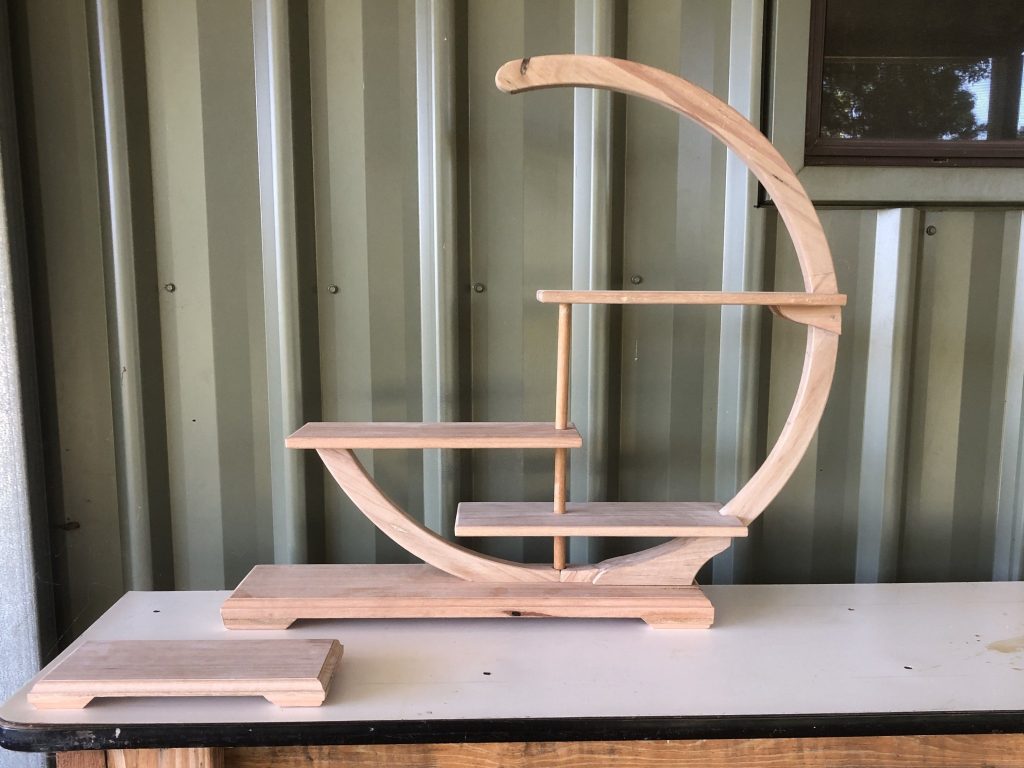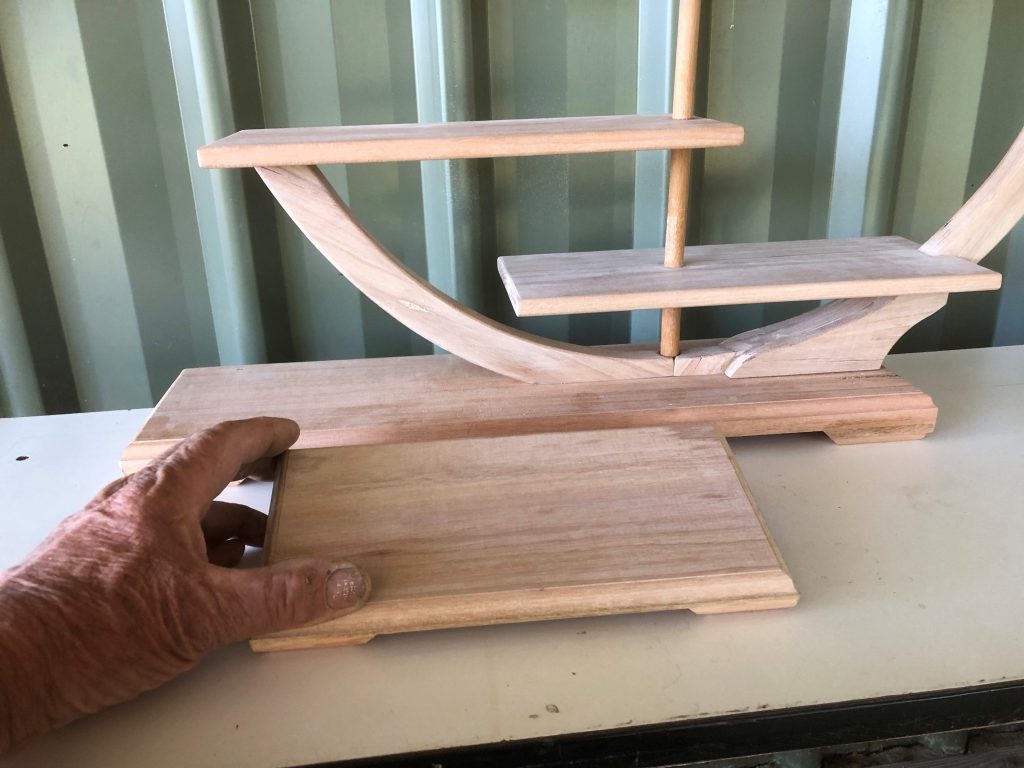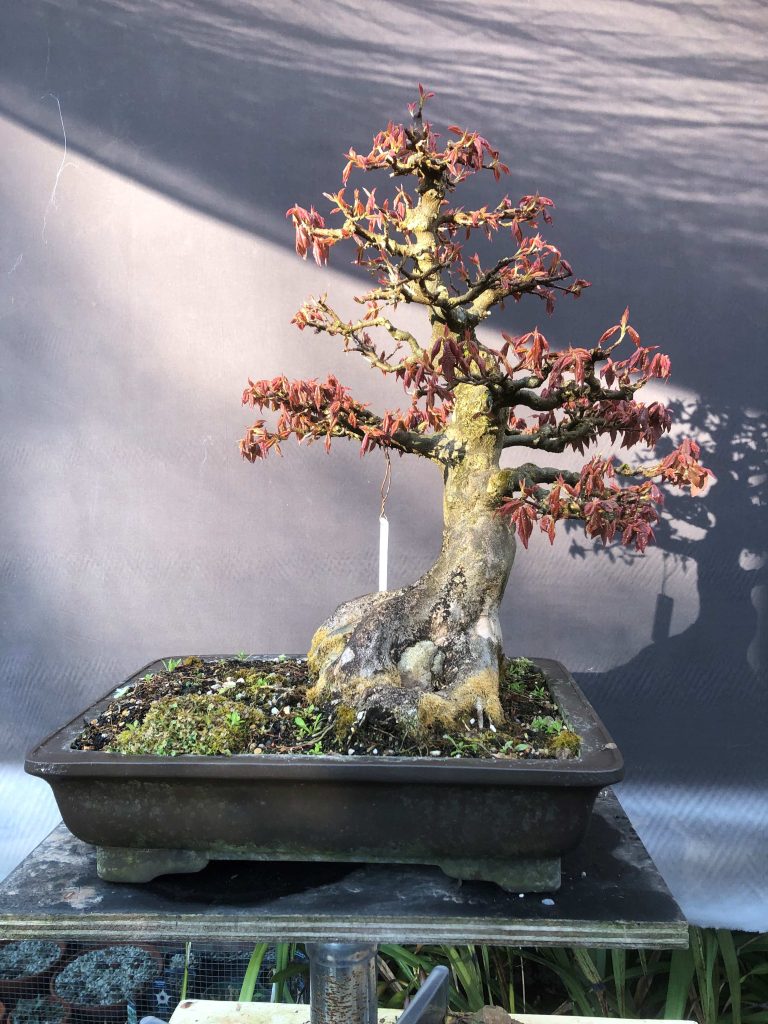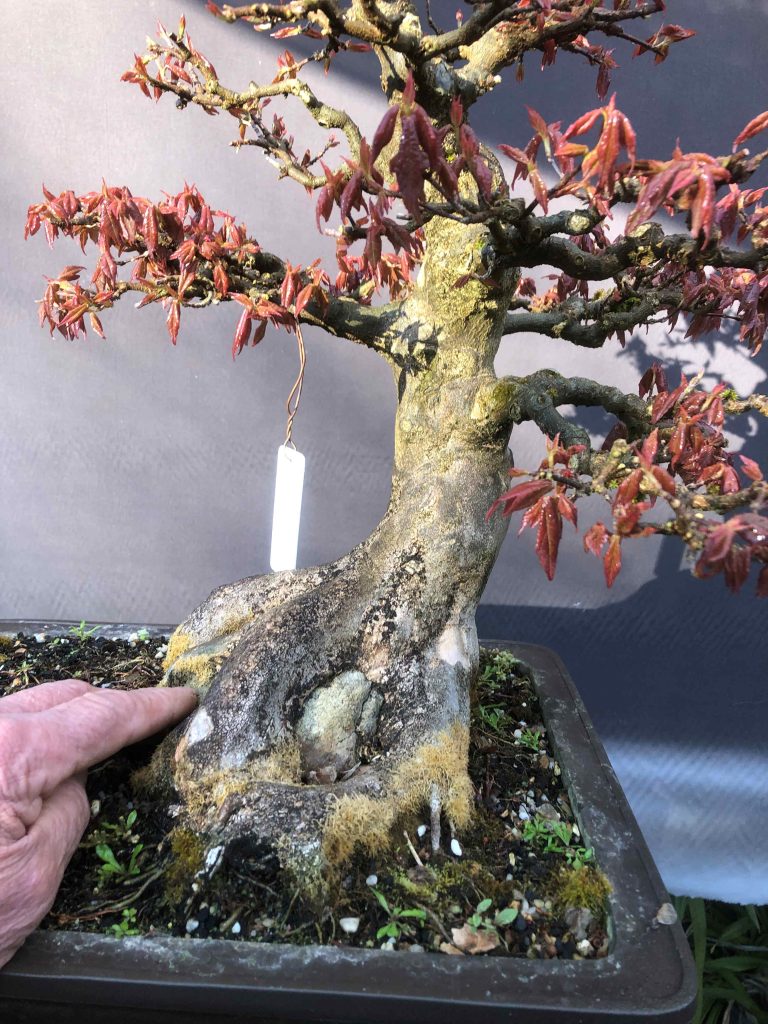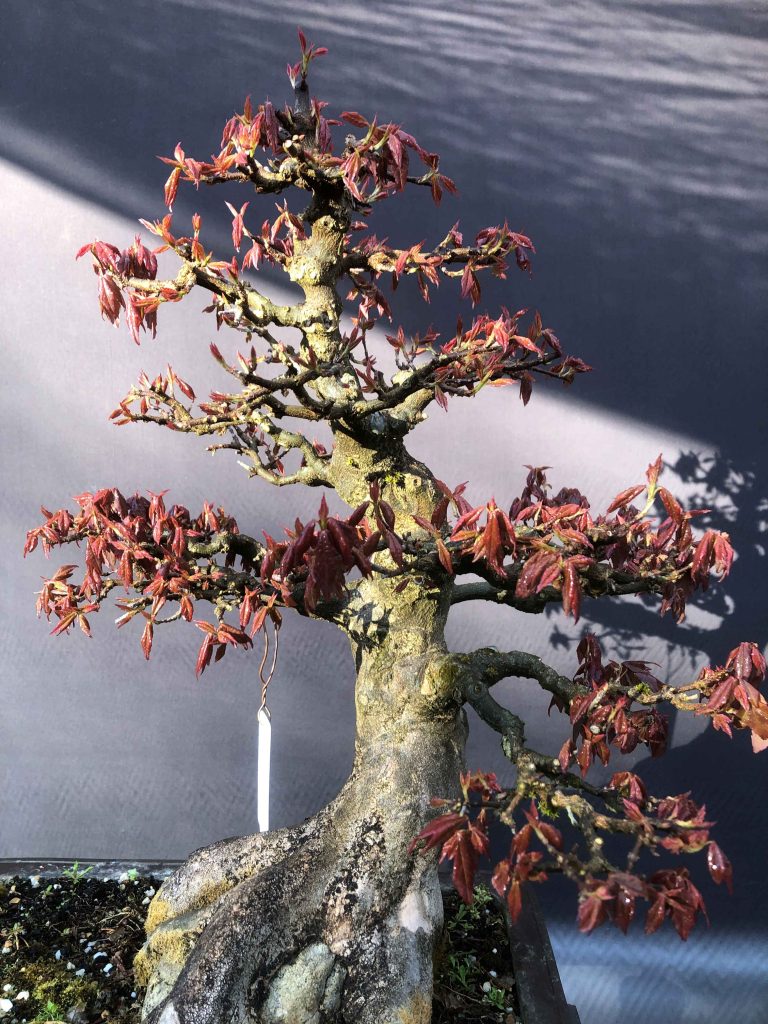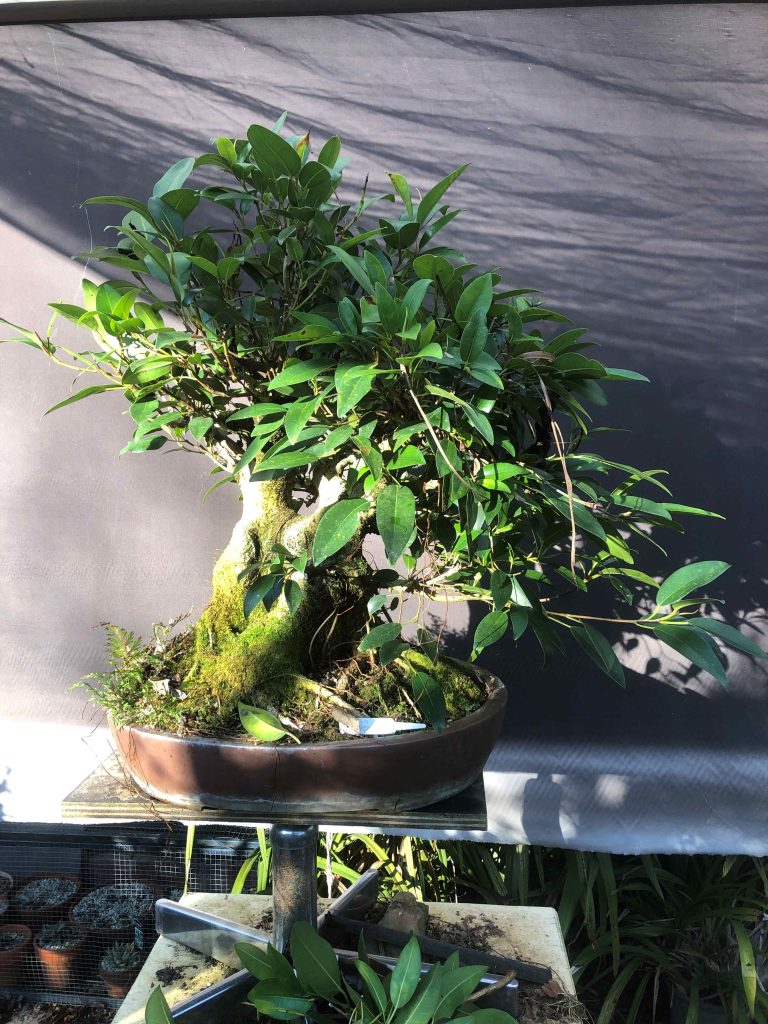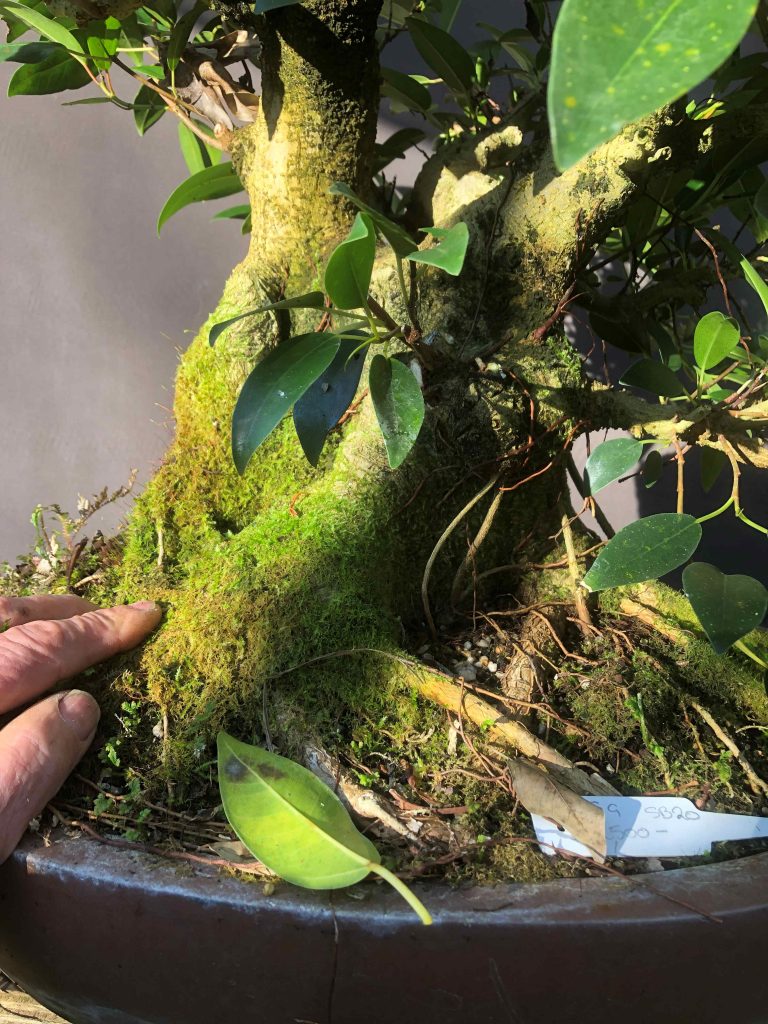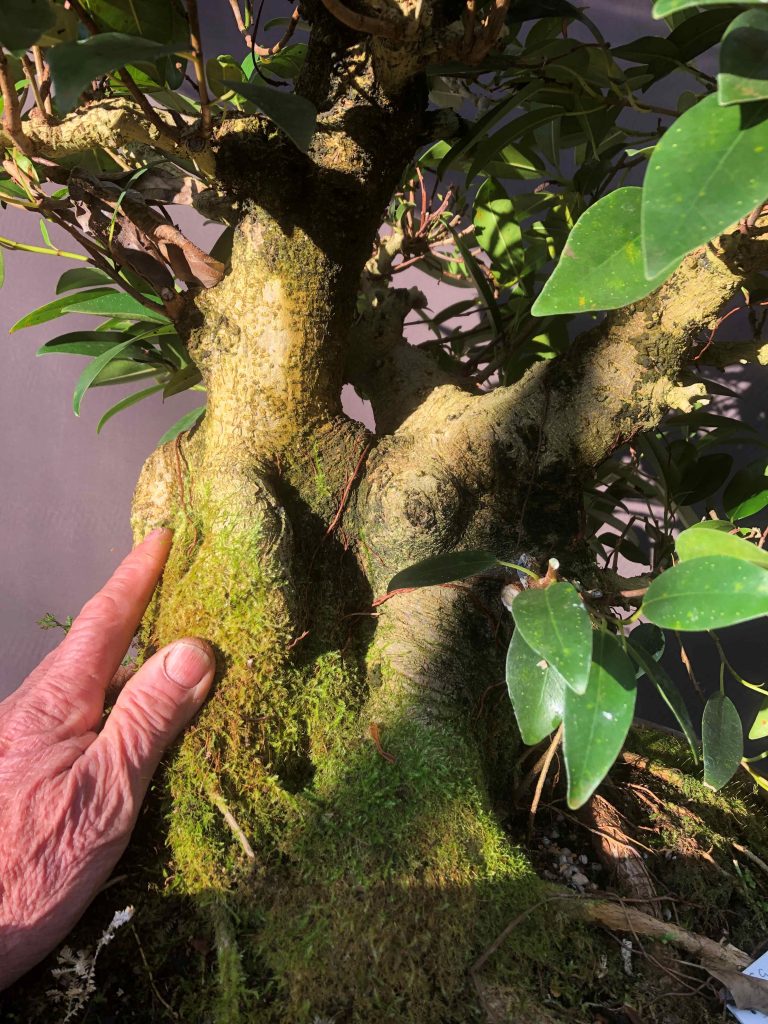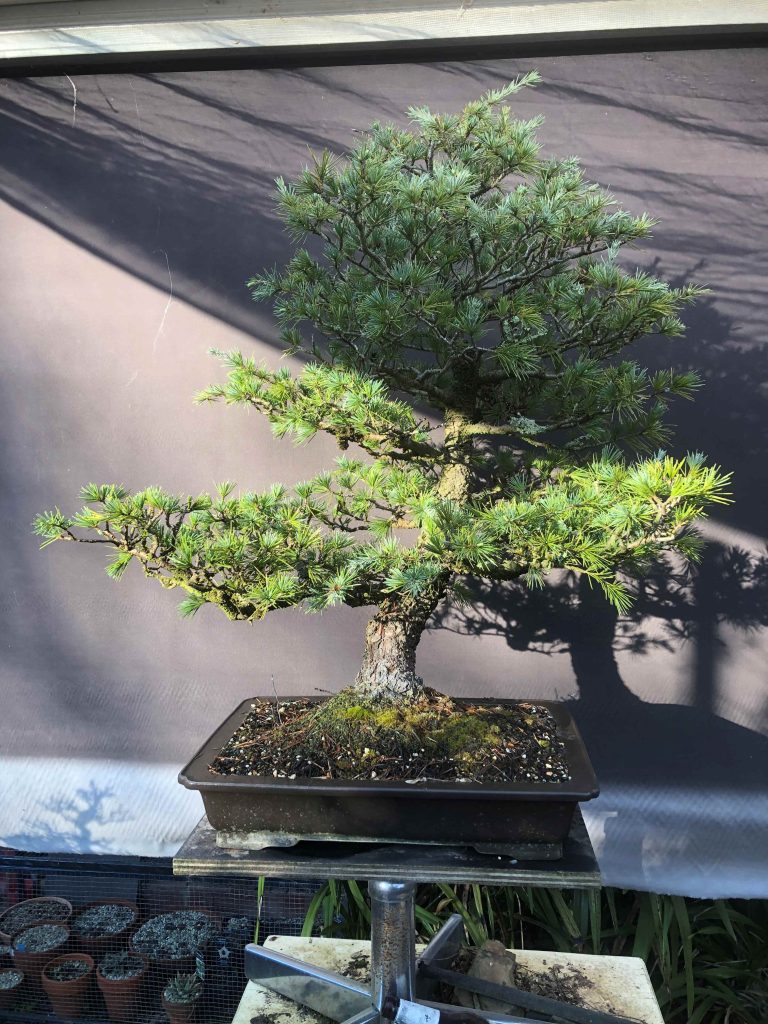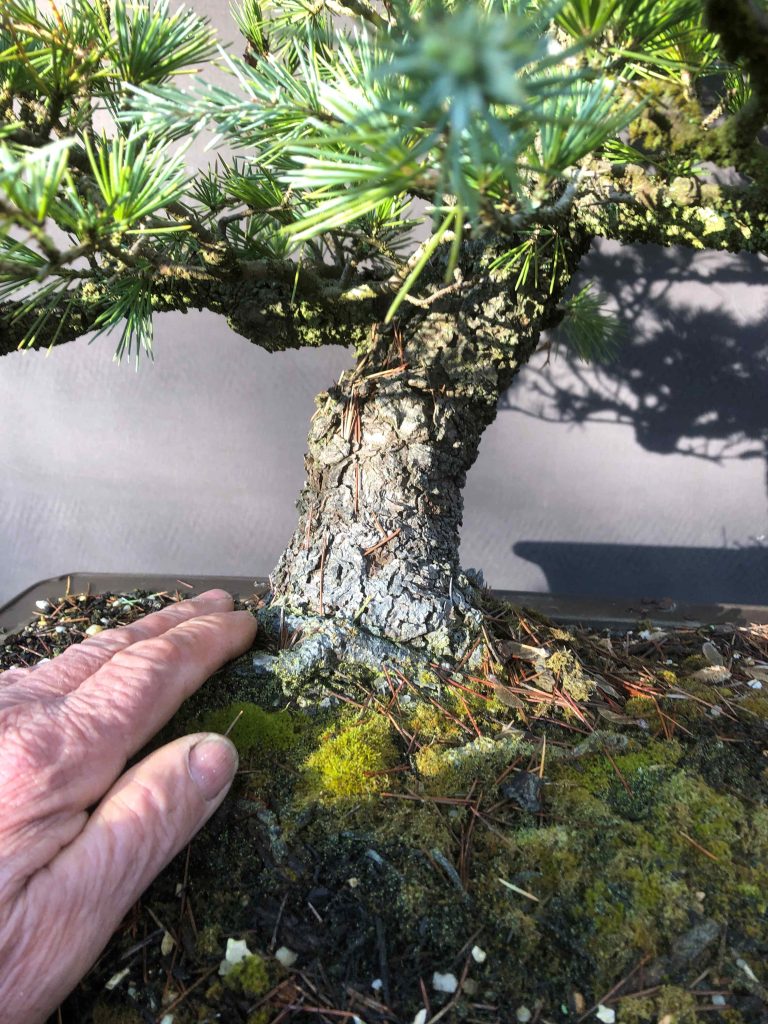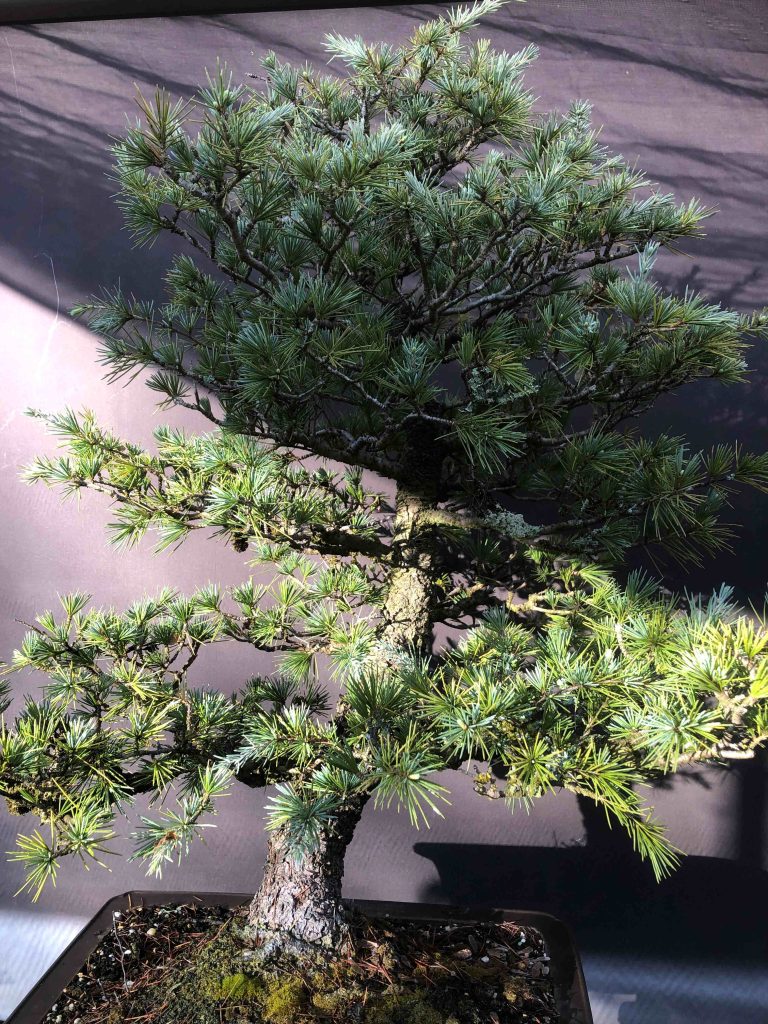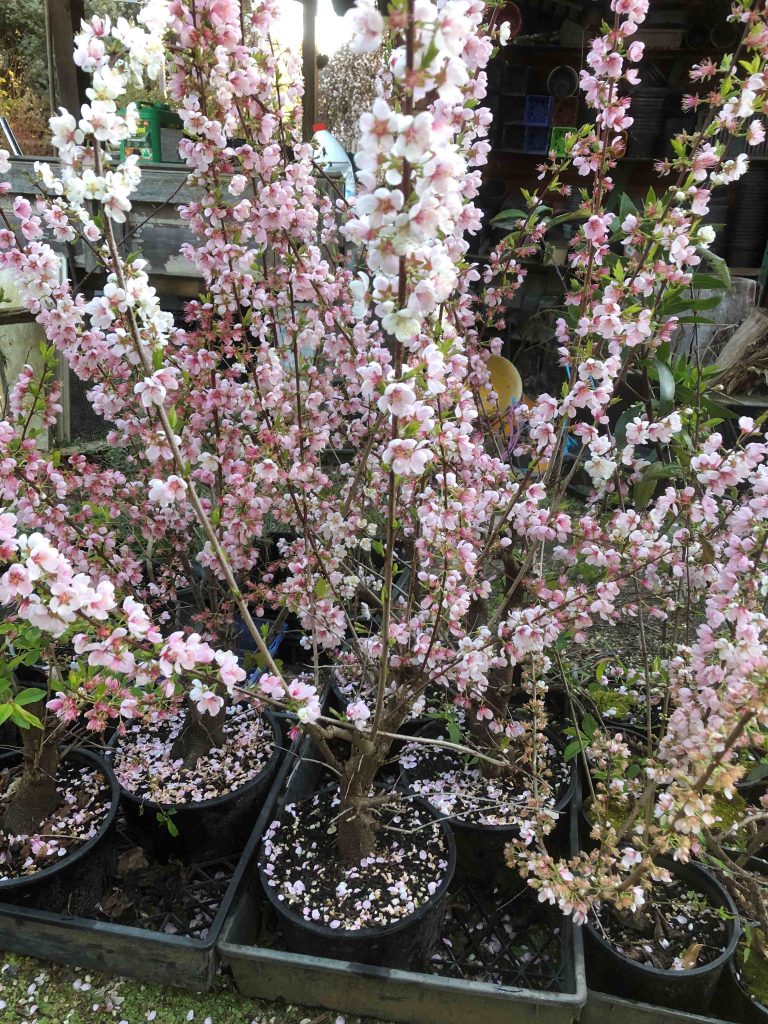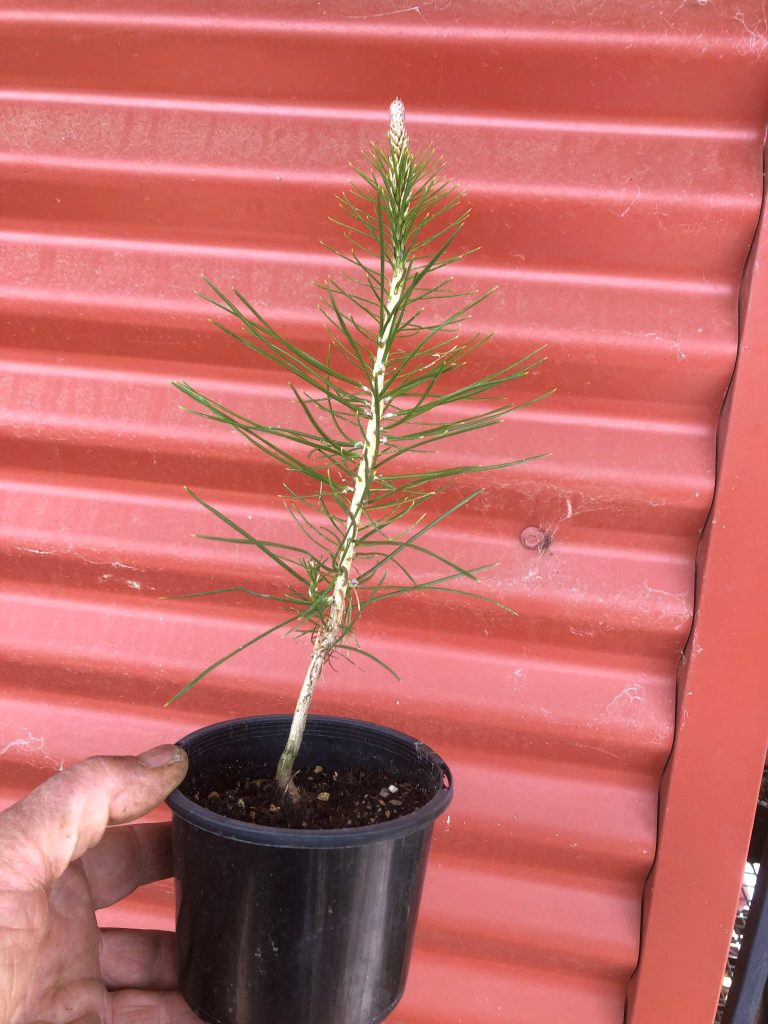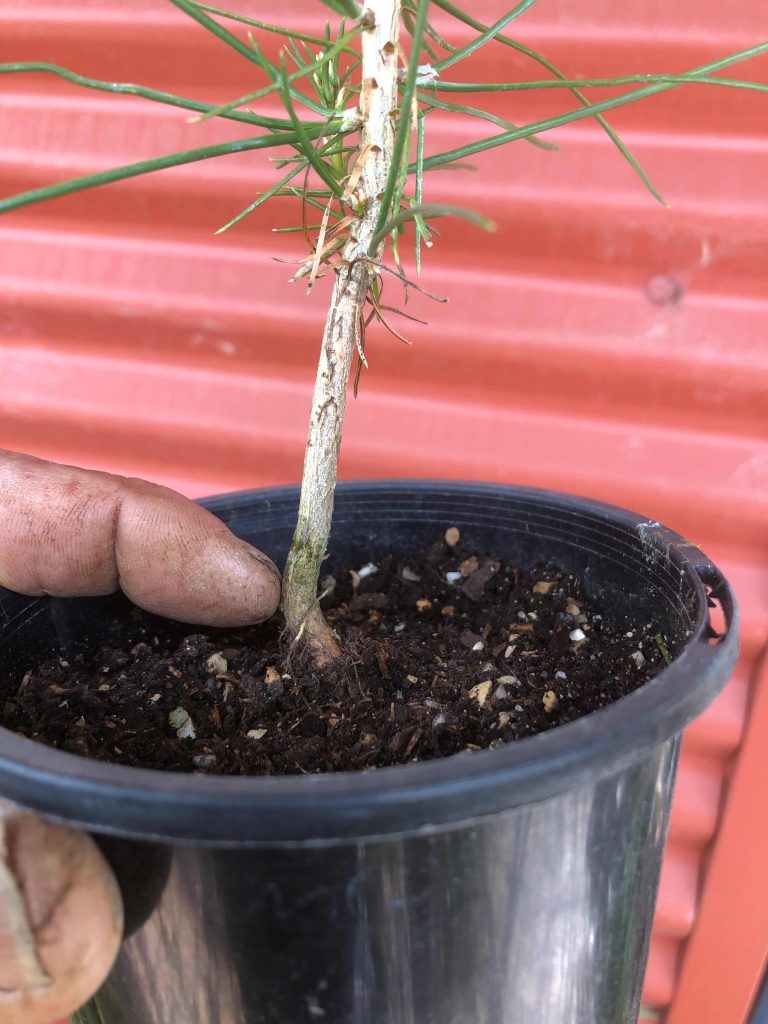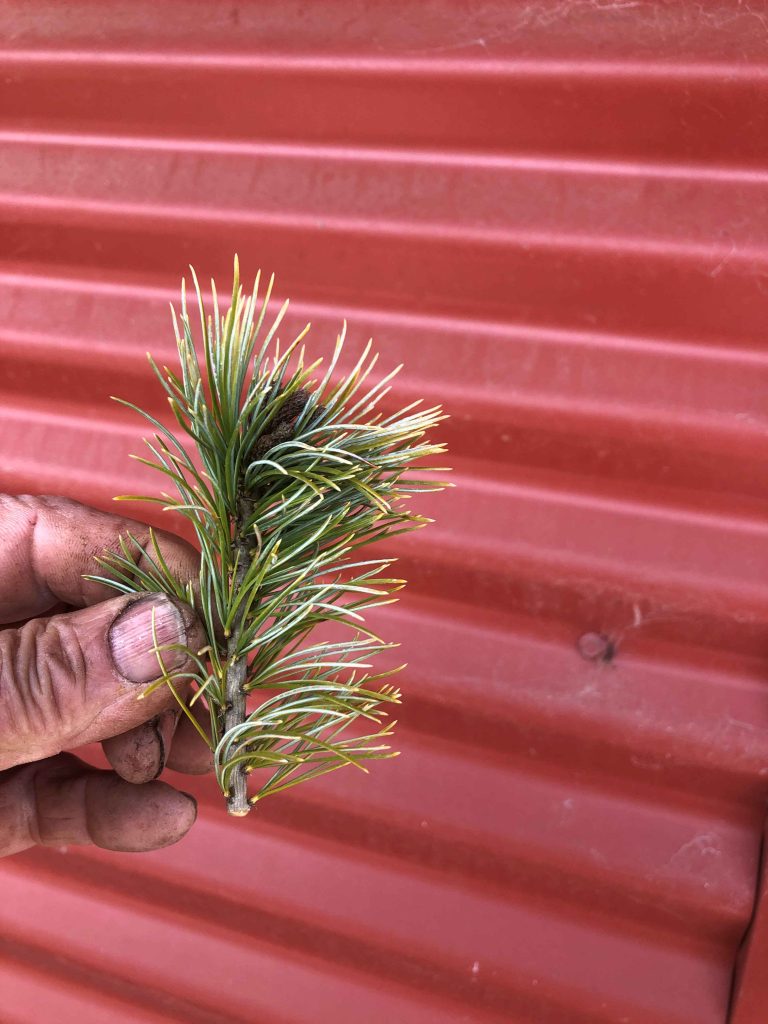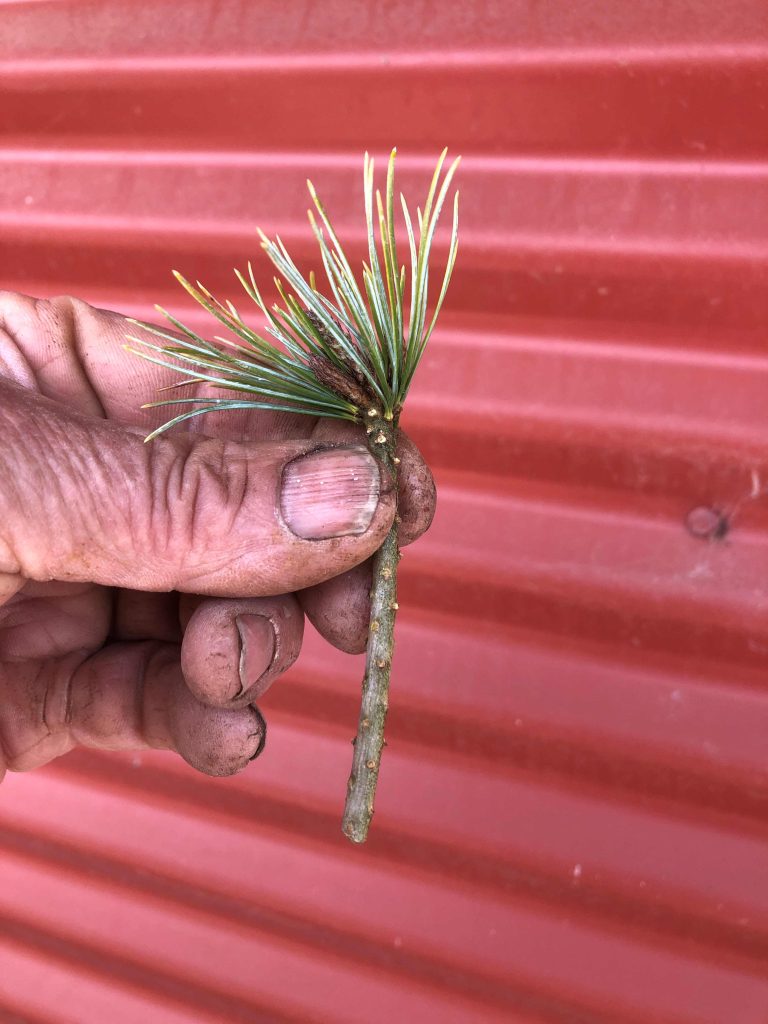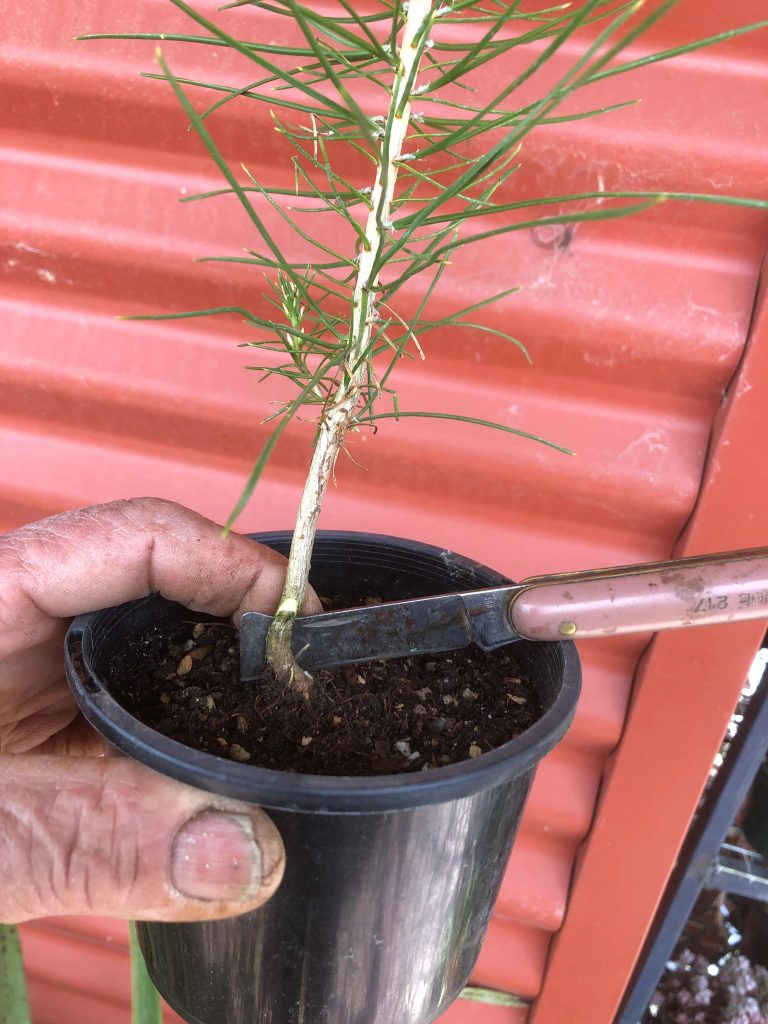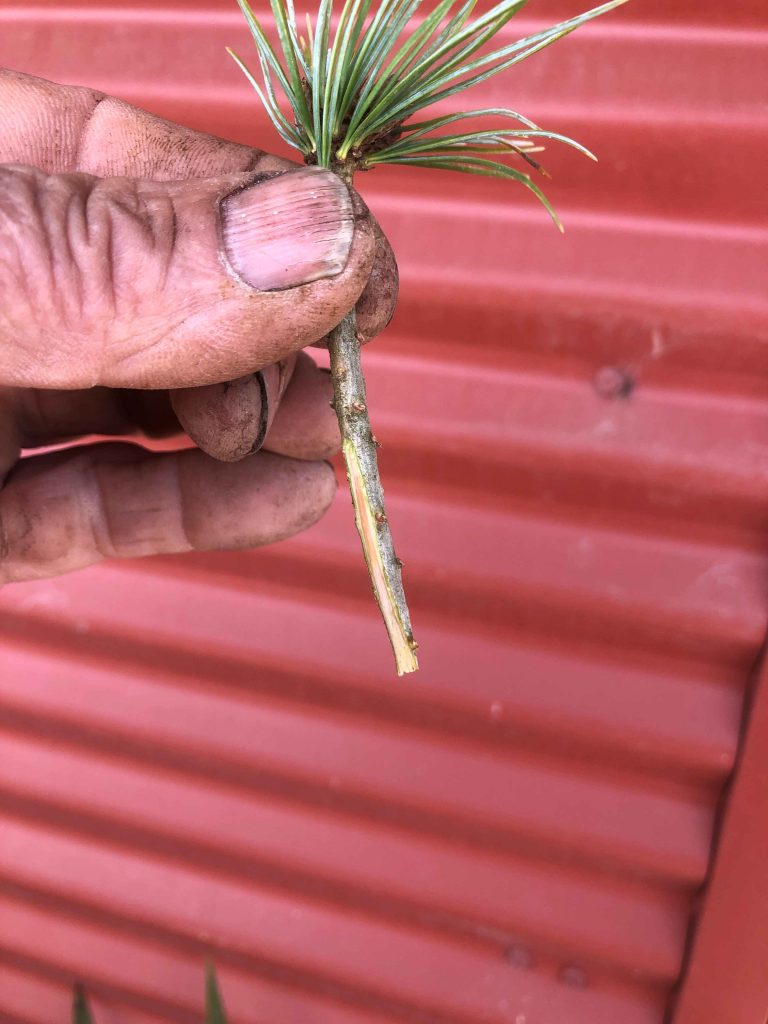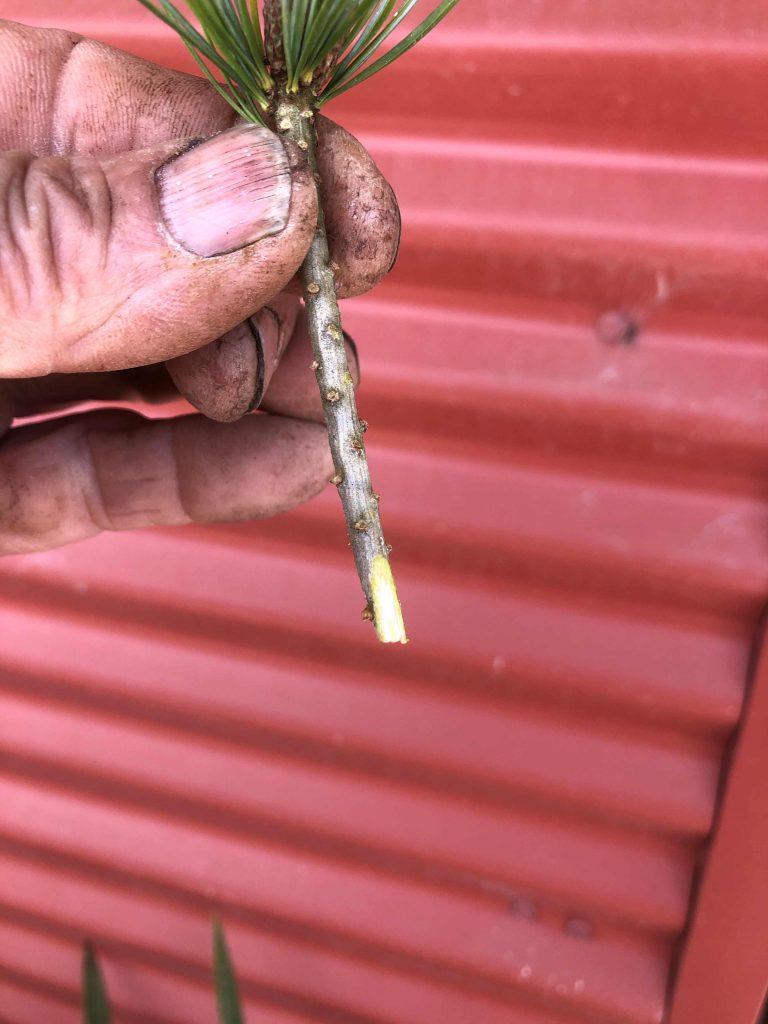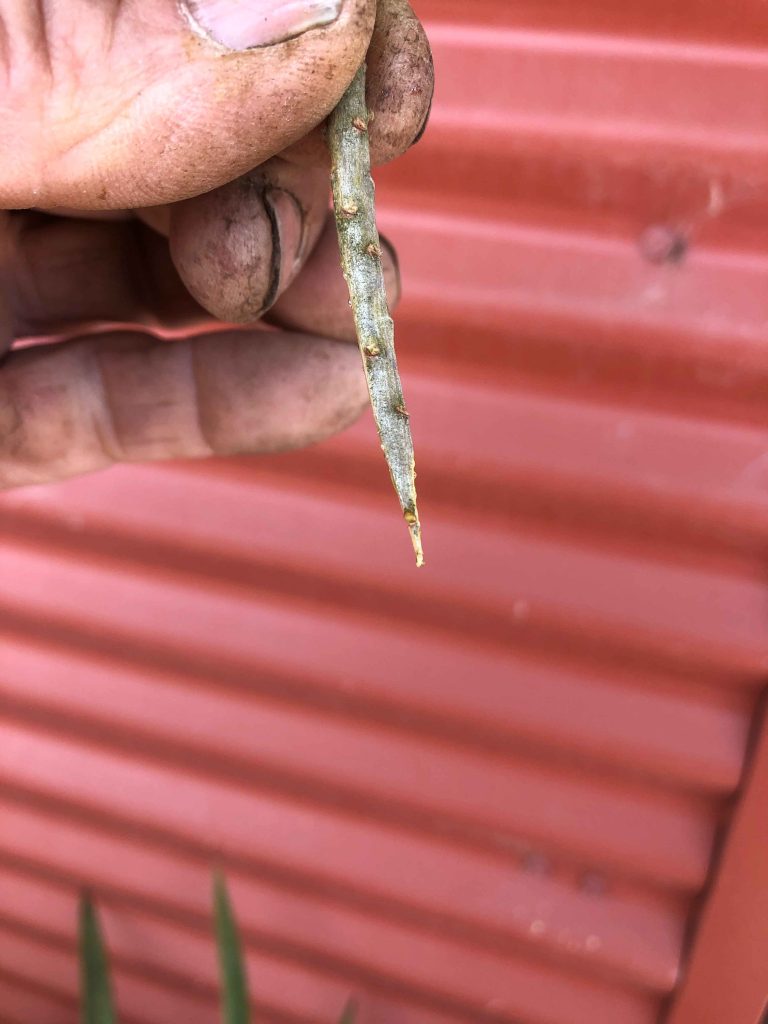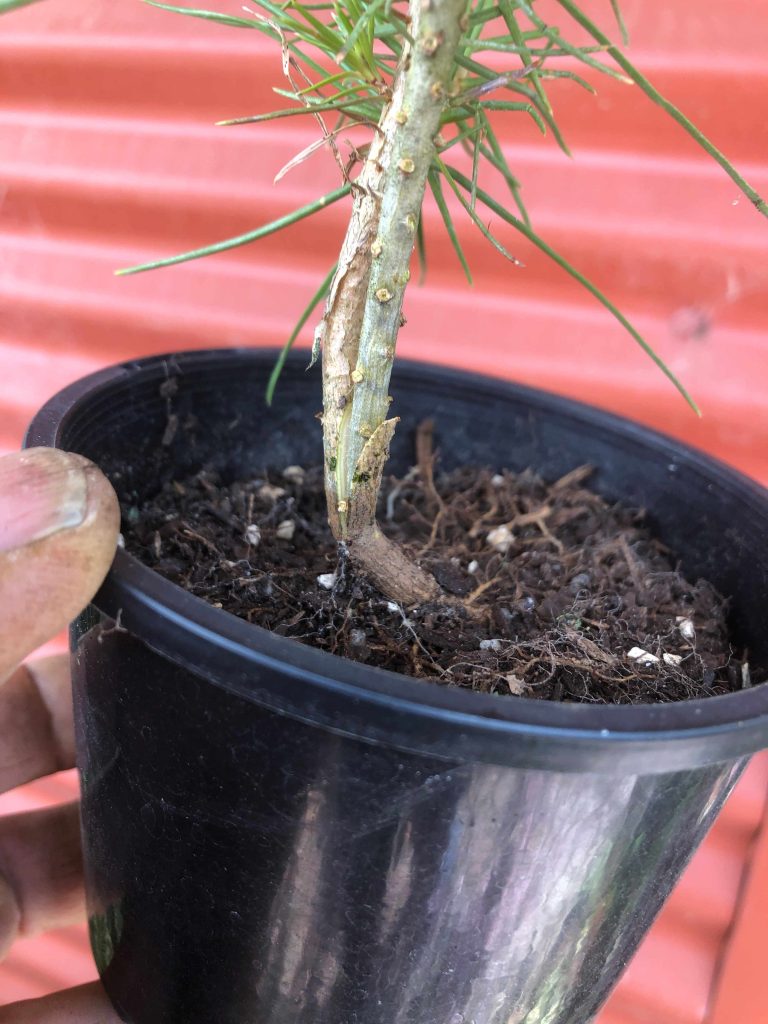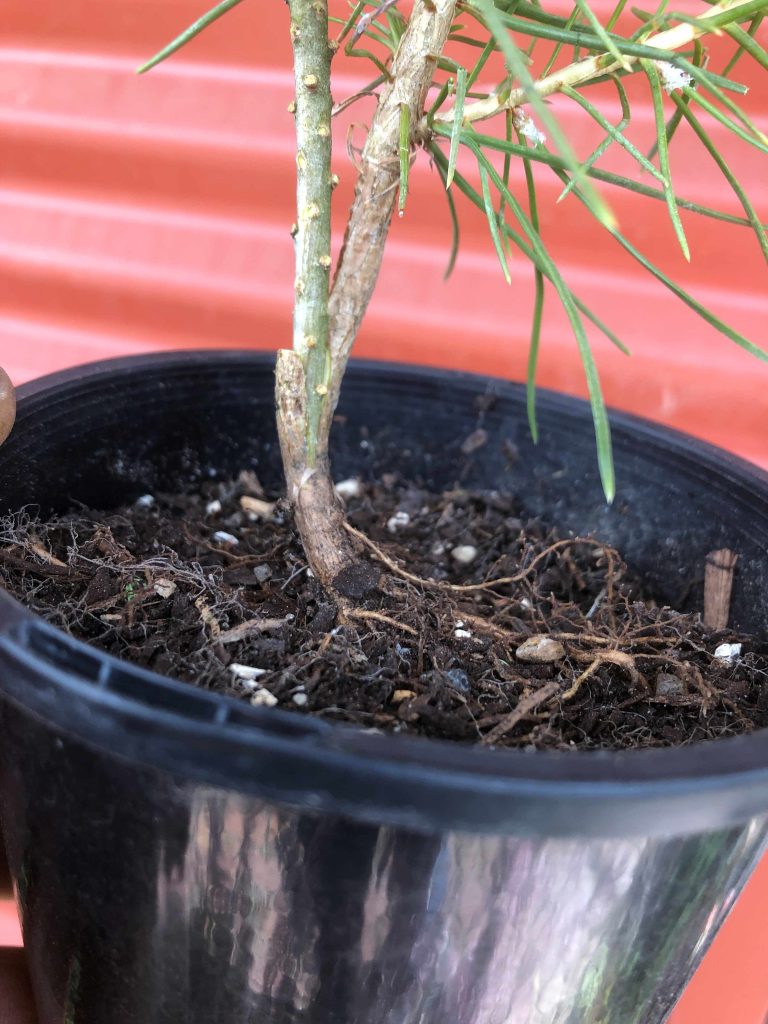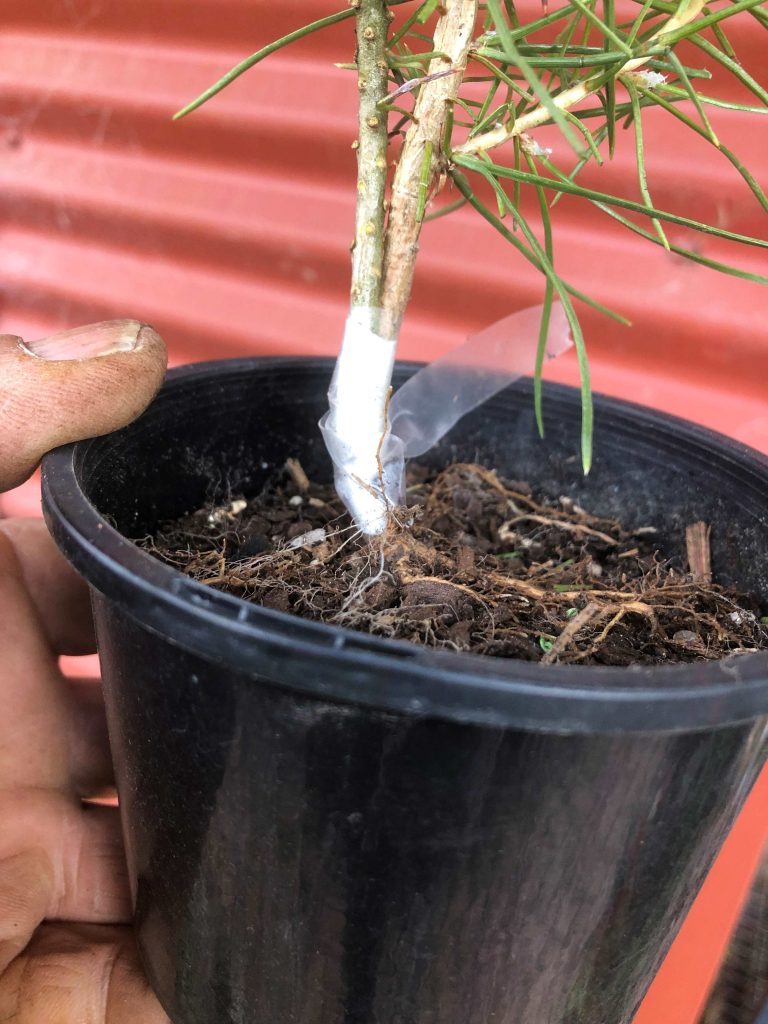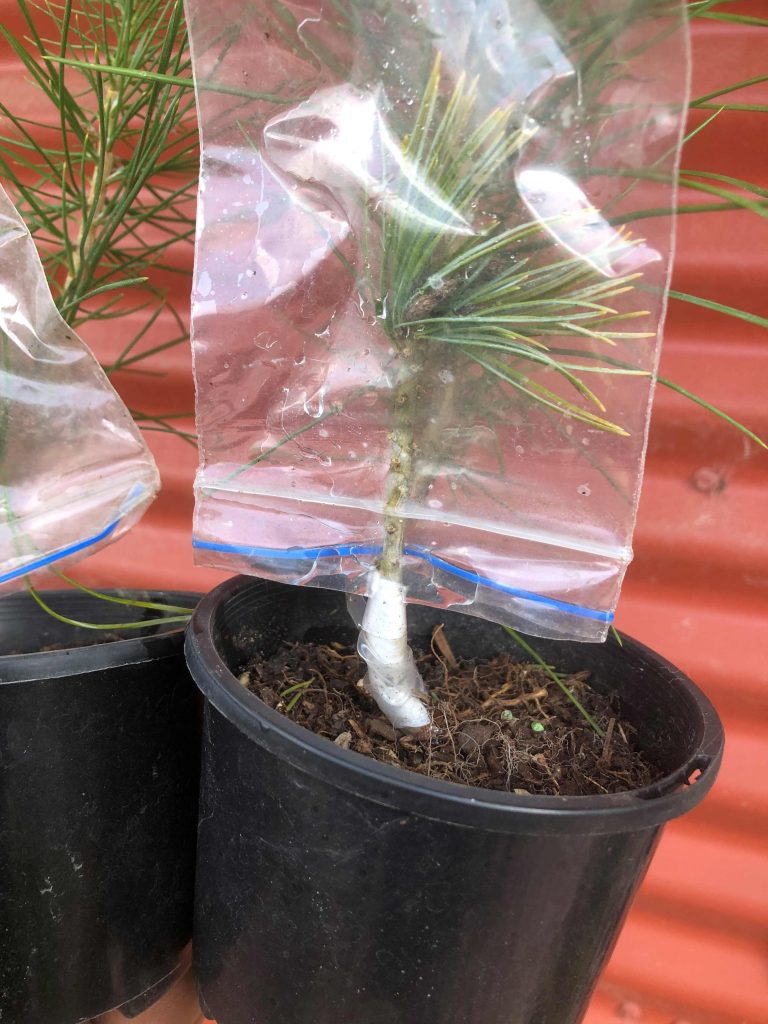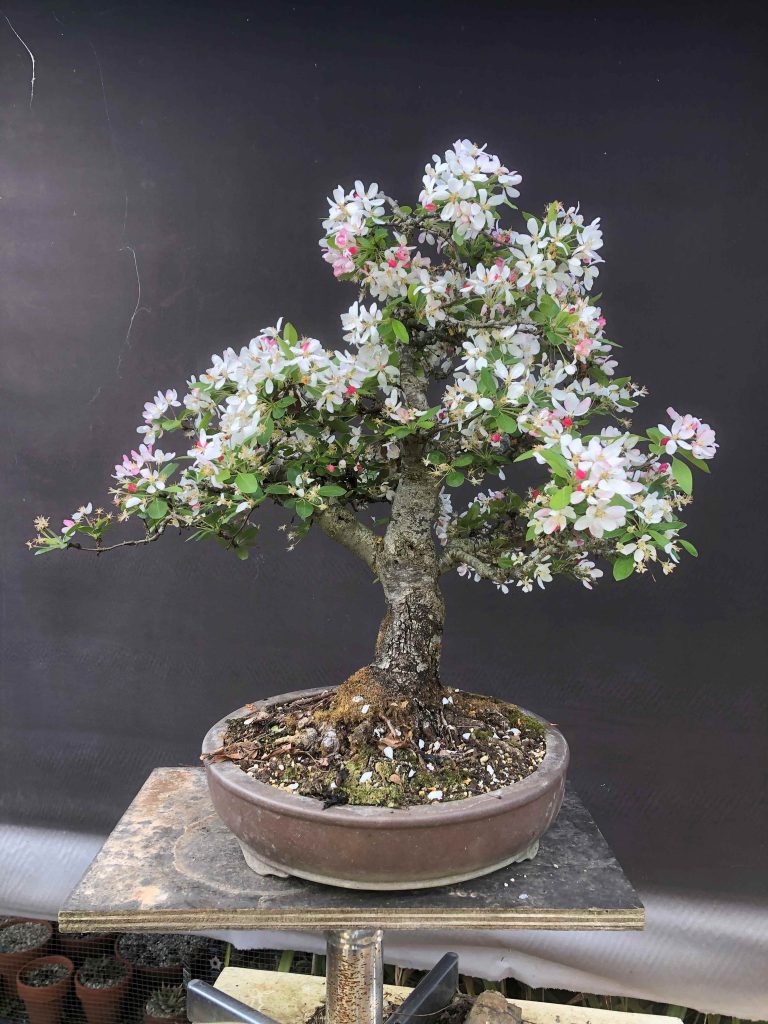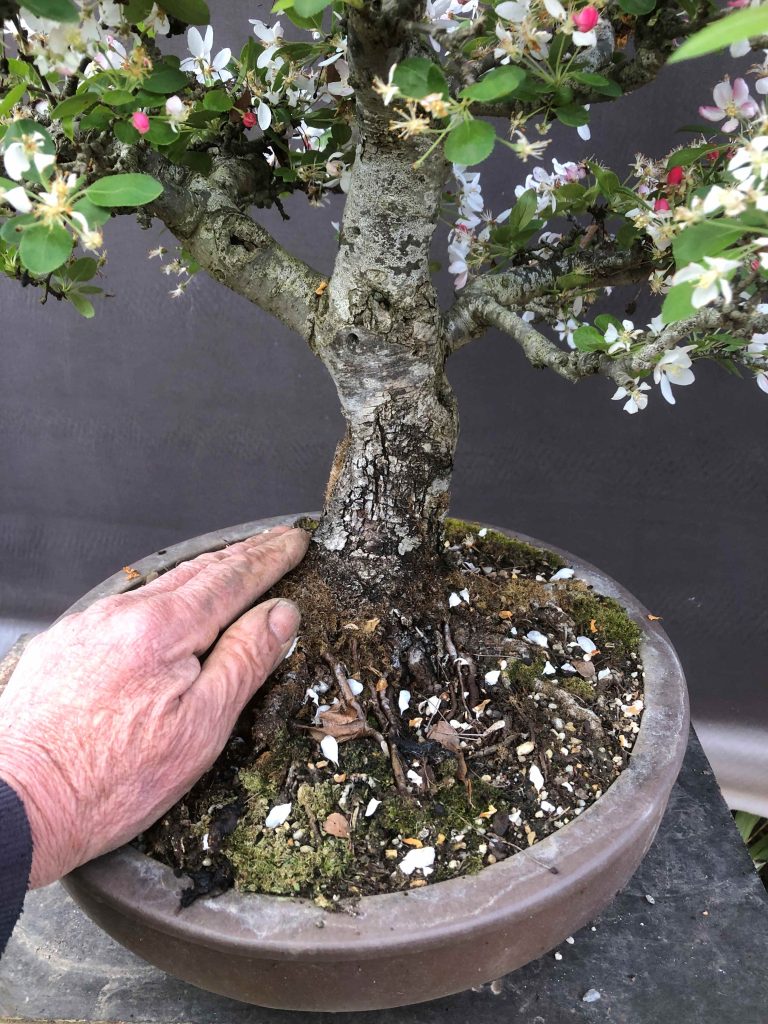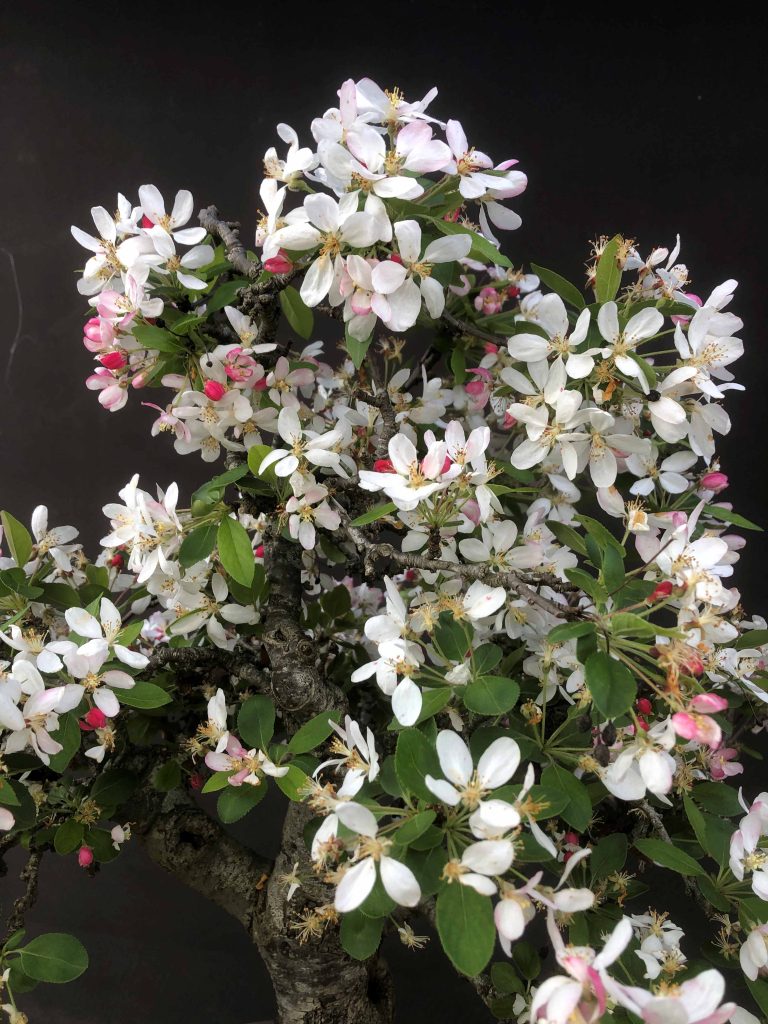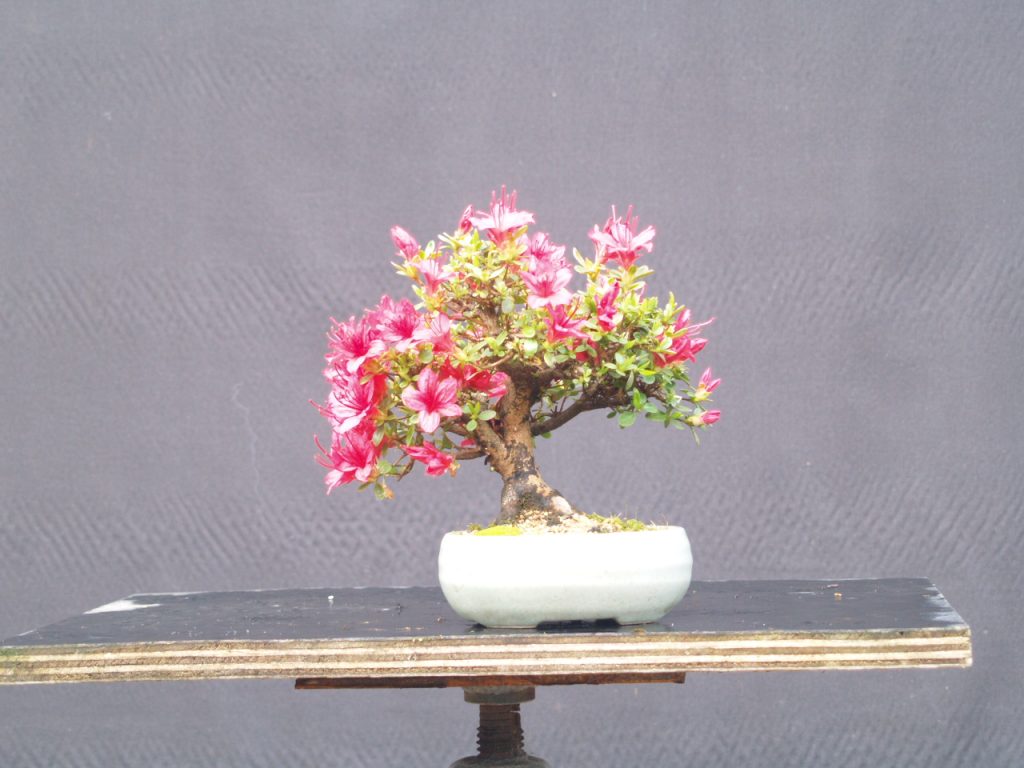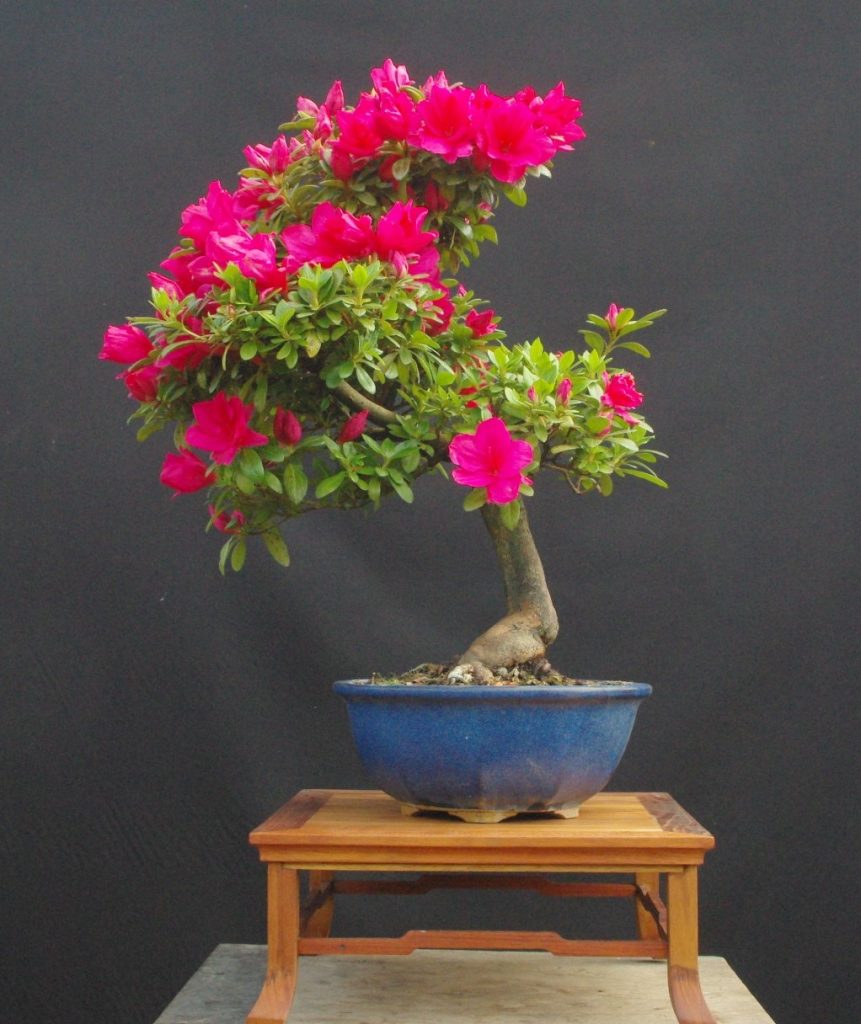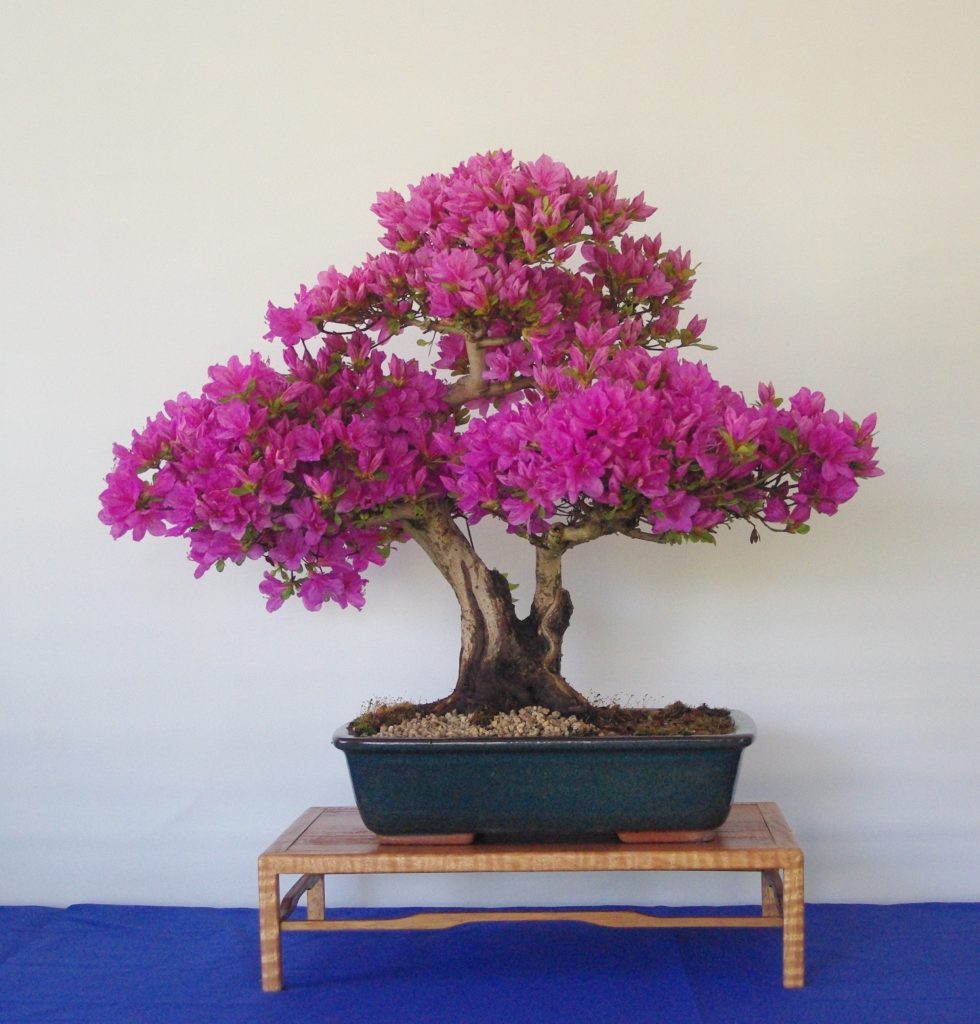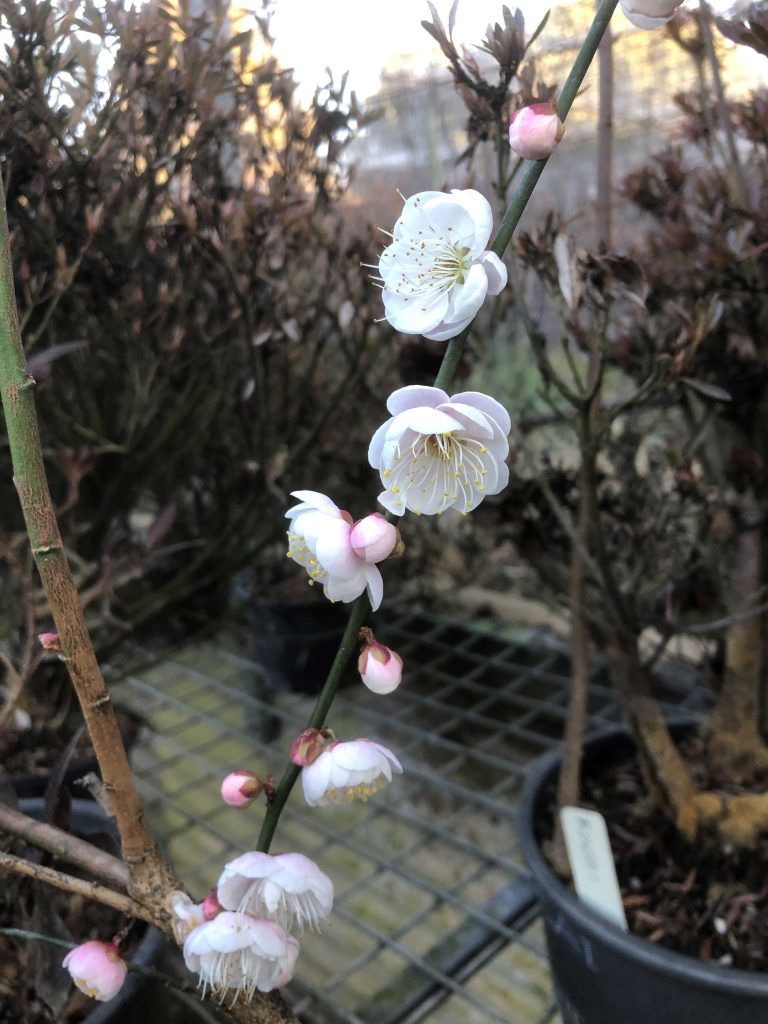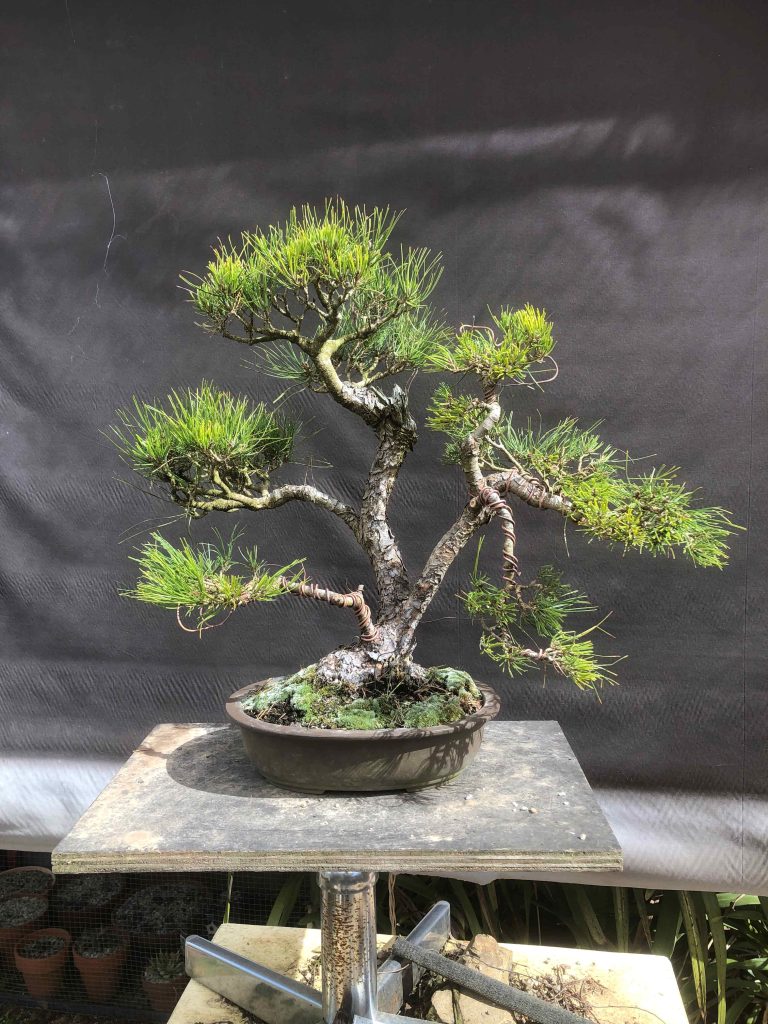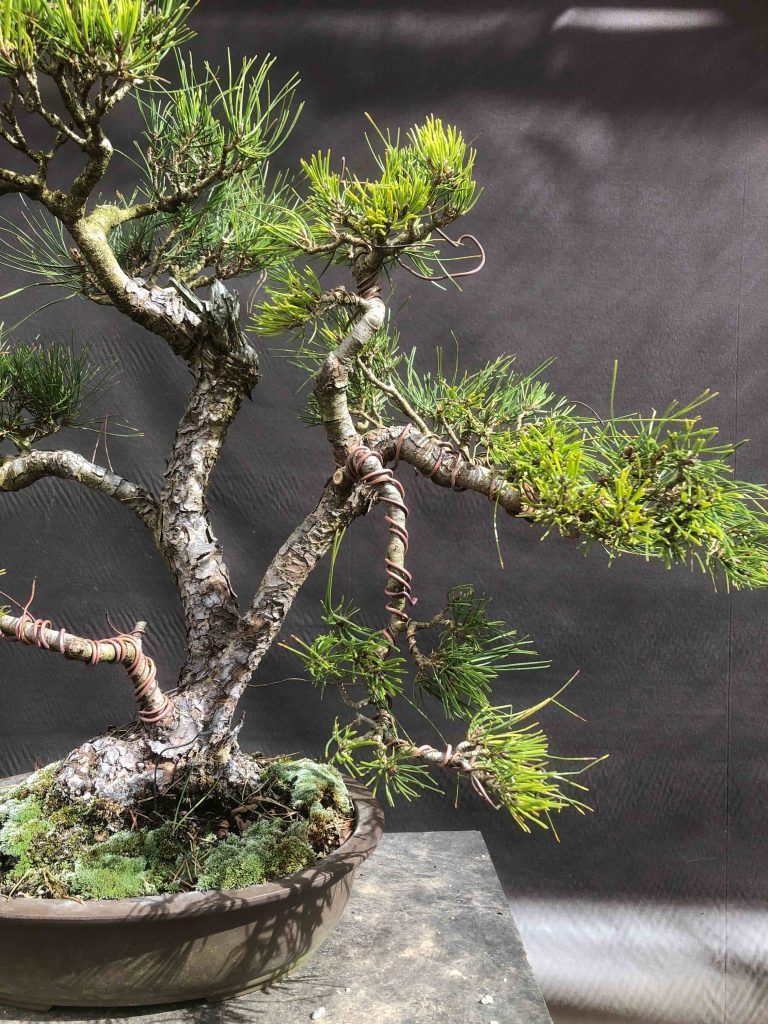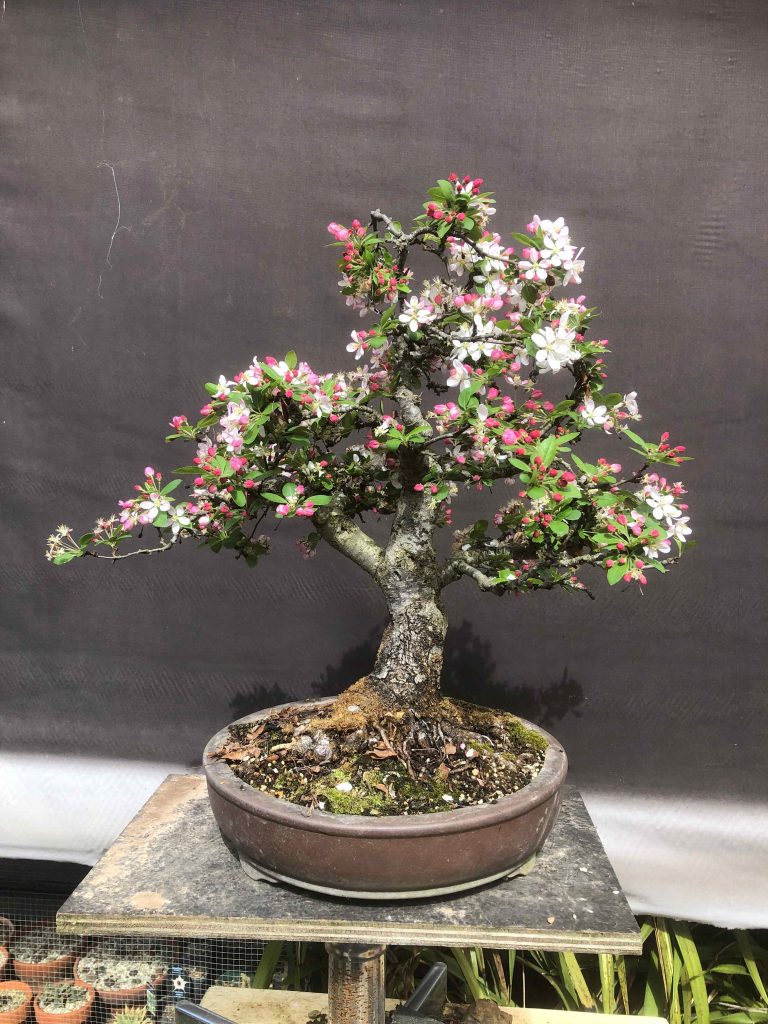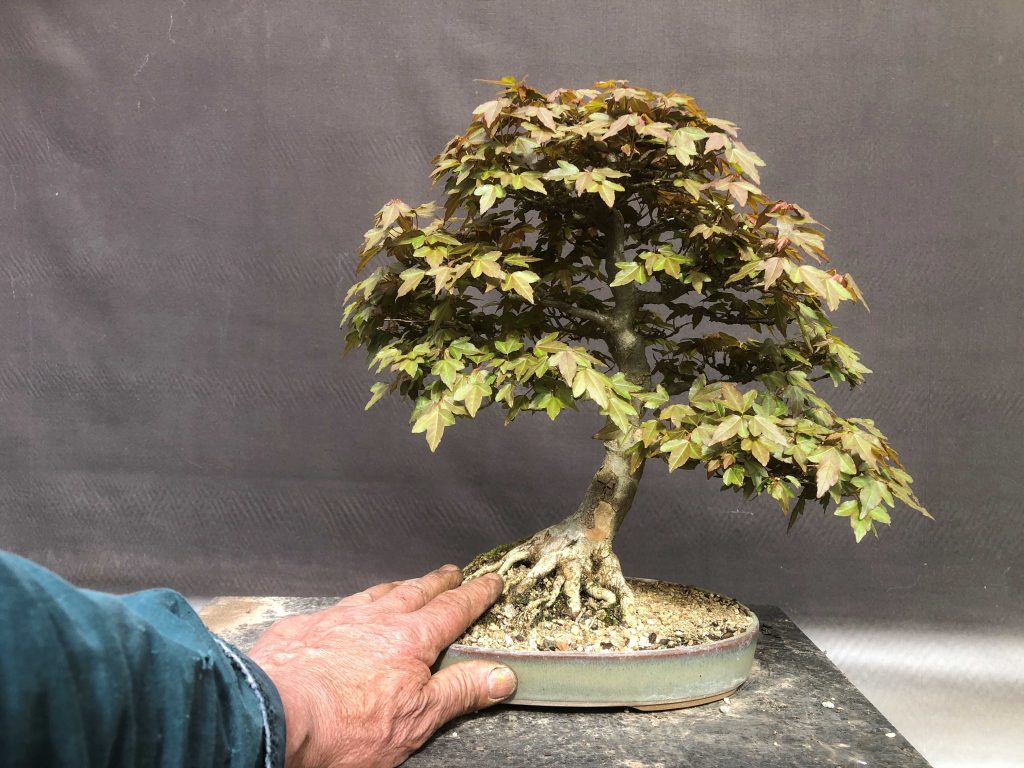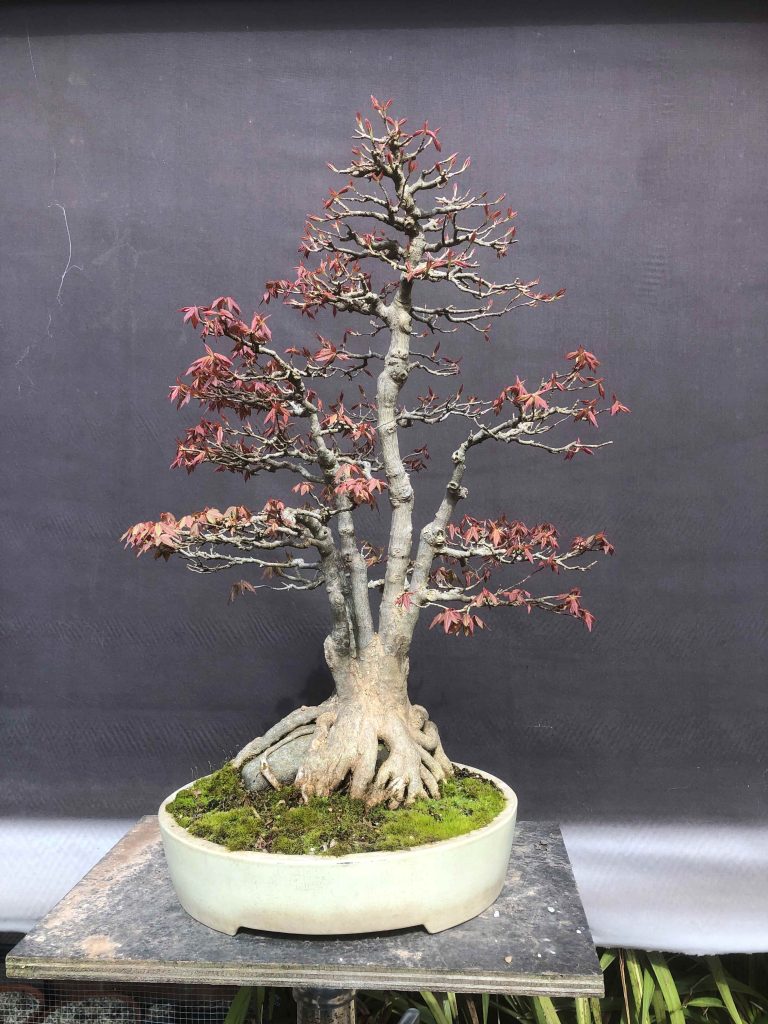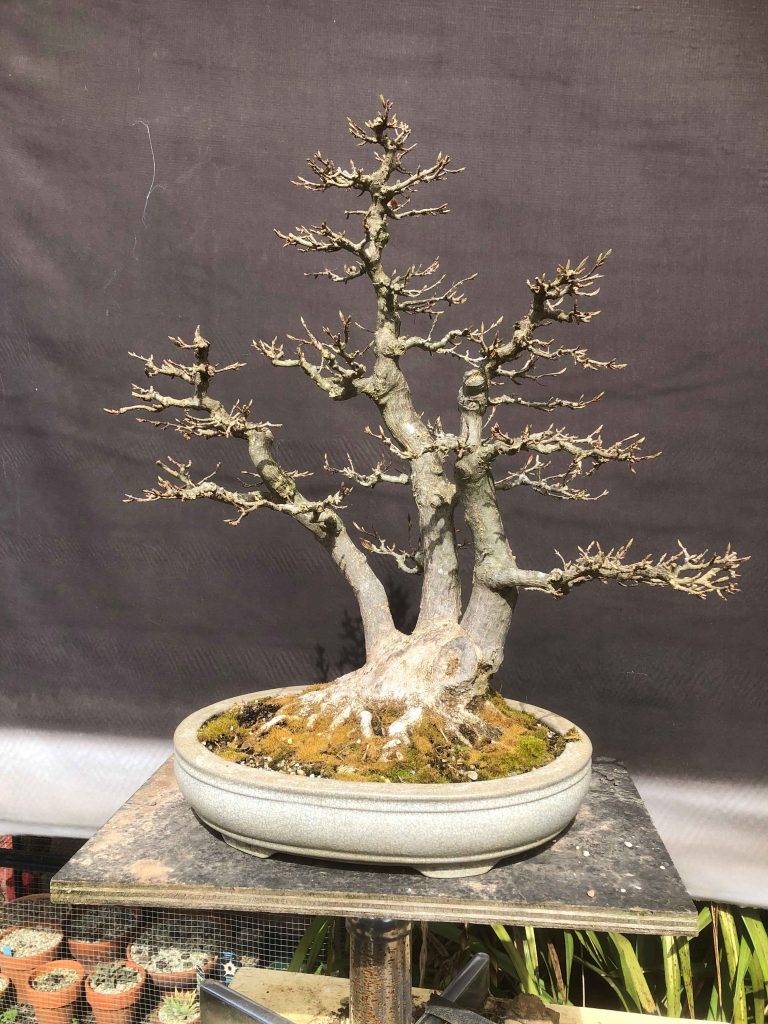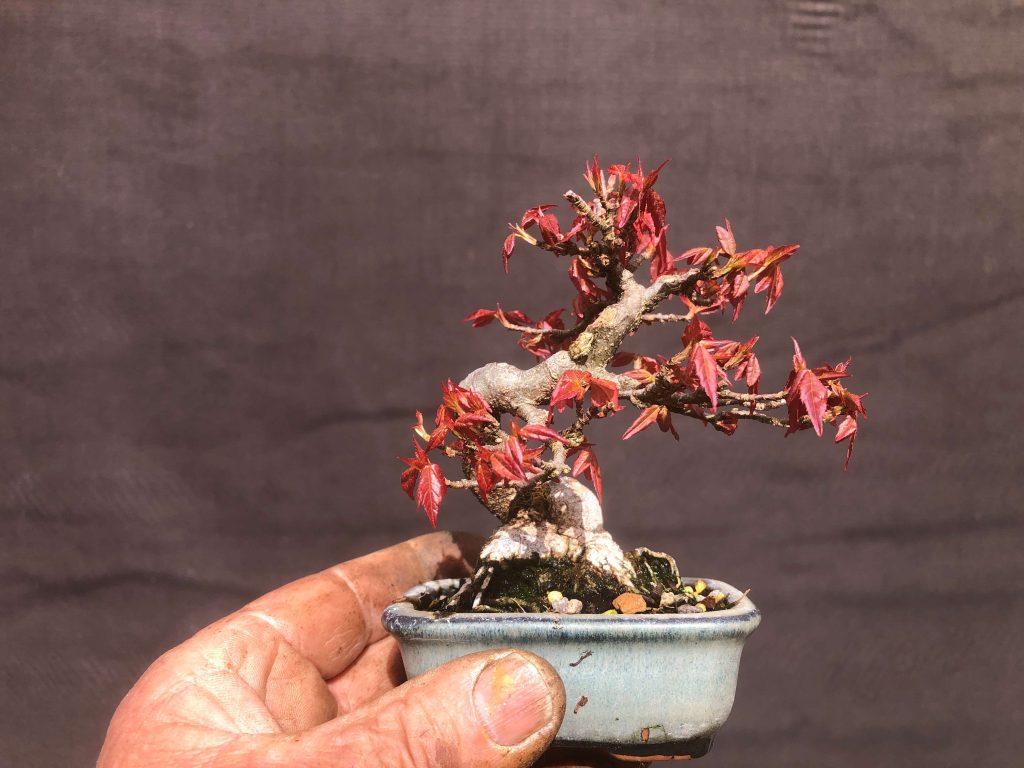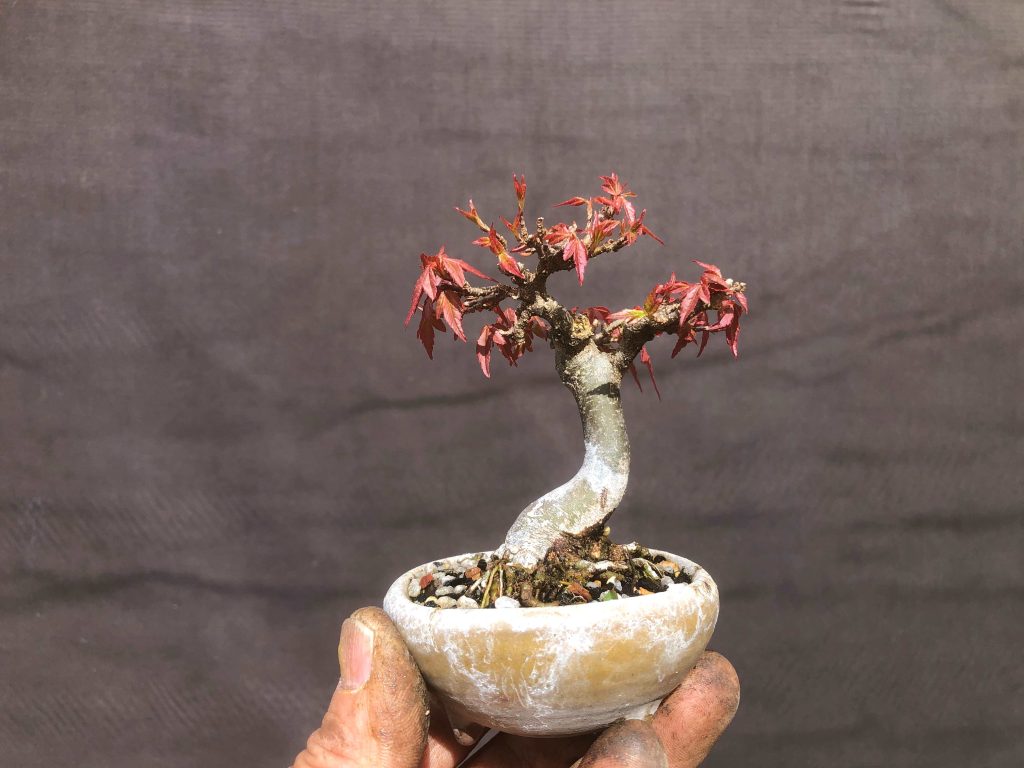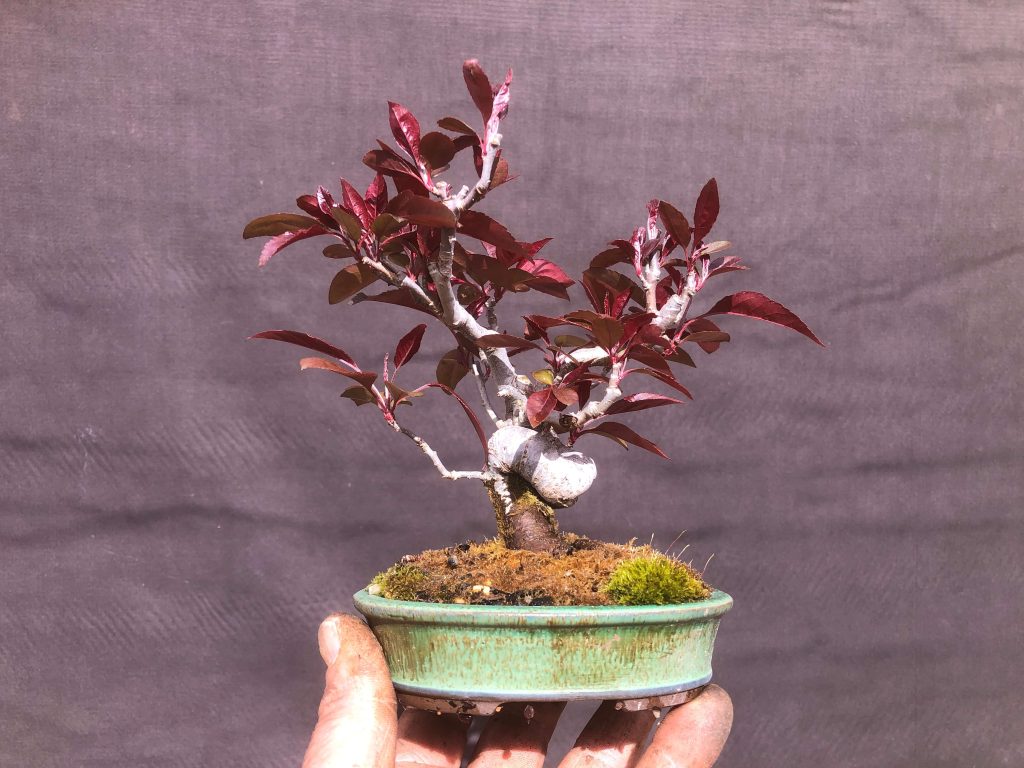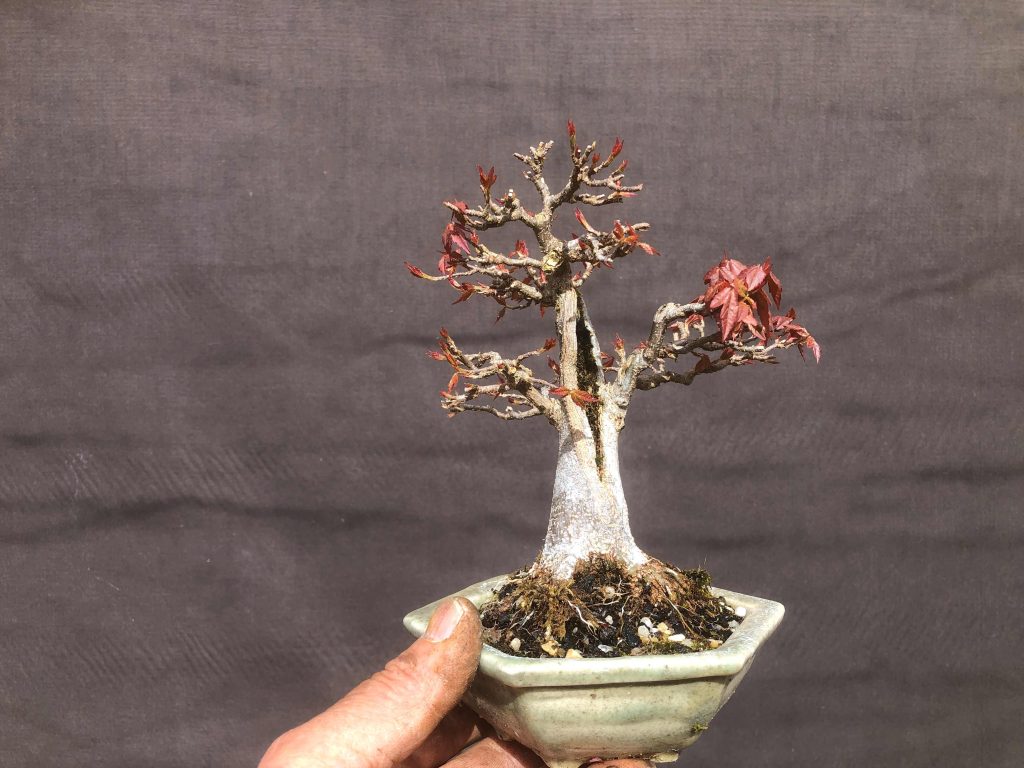I’ve been growing and developing root over rock bonsai for many years and gradually developed some techniques that help me produce reliable results. Check out some of the Shibui Bonsai root over rock trees.
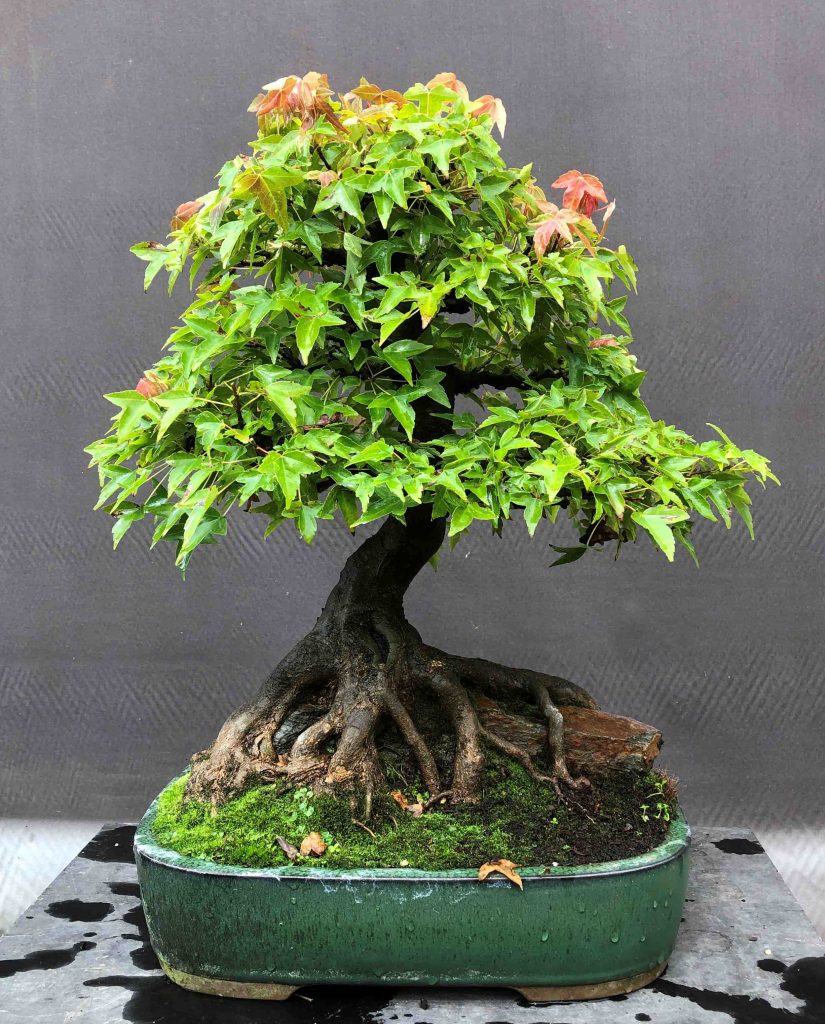
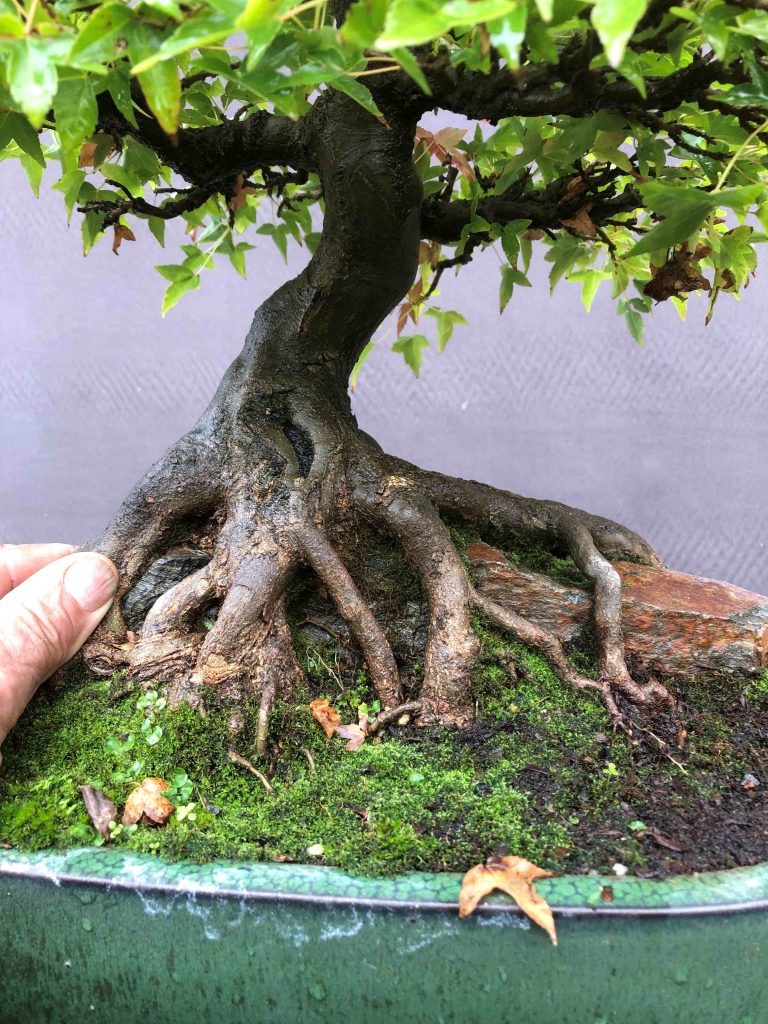
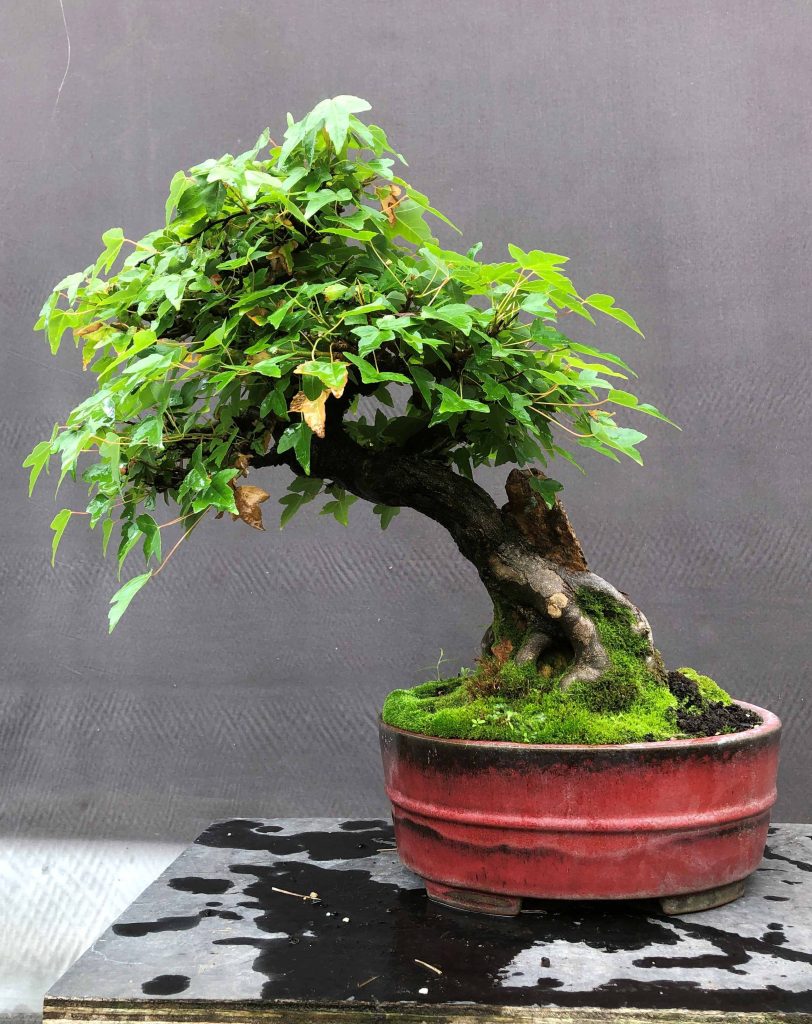
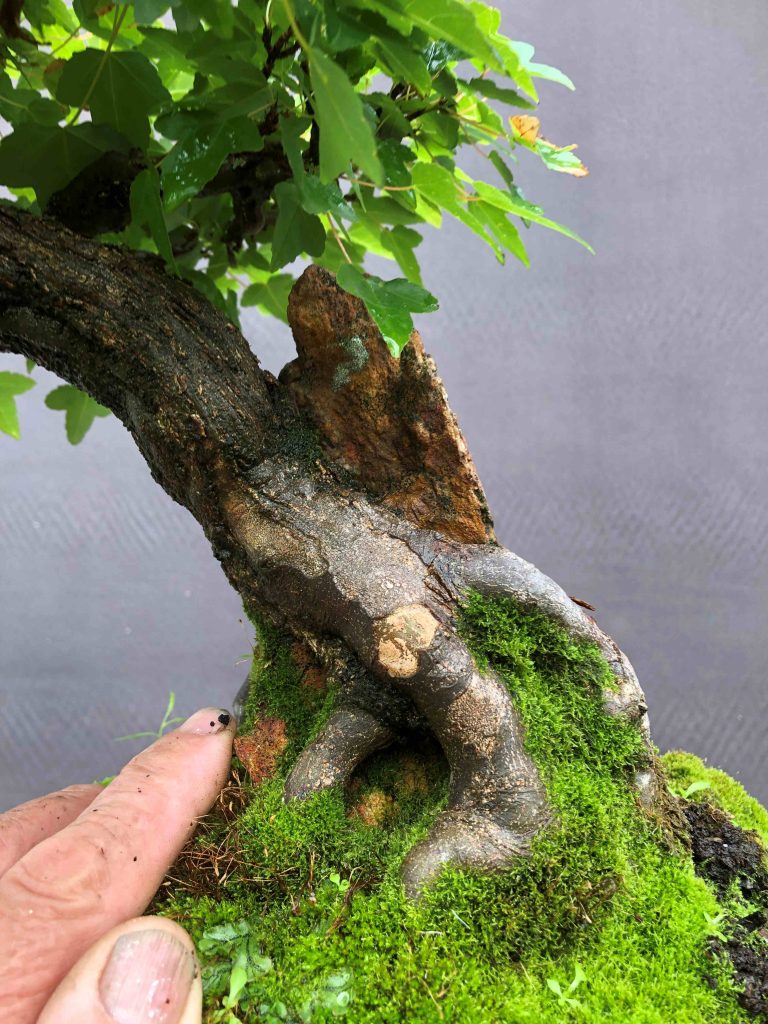
More recently I’ve been working to develop some really good smaller Root over Rock bonsai. Like other styles, shohin ROR are much more difficult to get right. Getting good trunk taper, good bends and branching in a smaller tree is challenging. Adding extra height with the rock makes shohin ROR even more difficult.
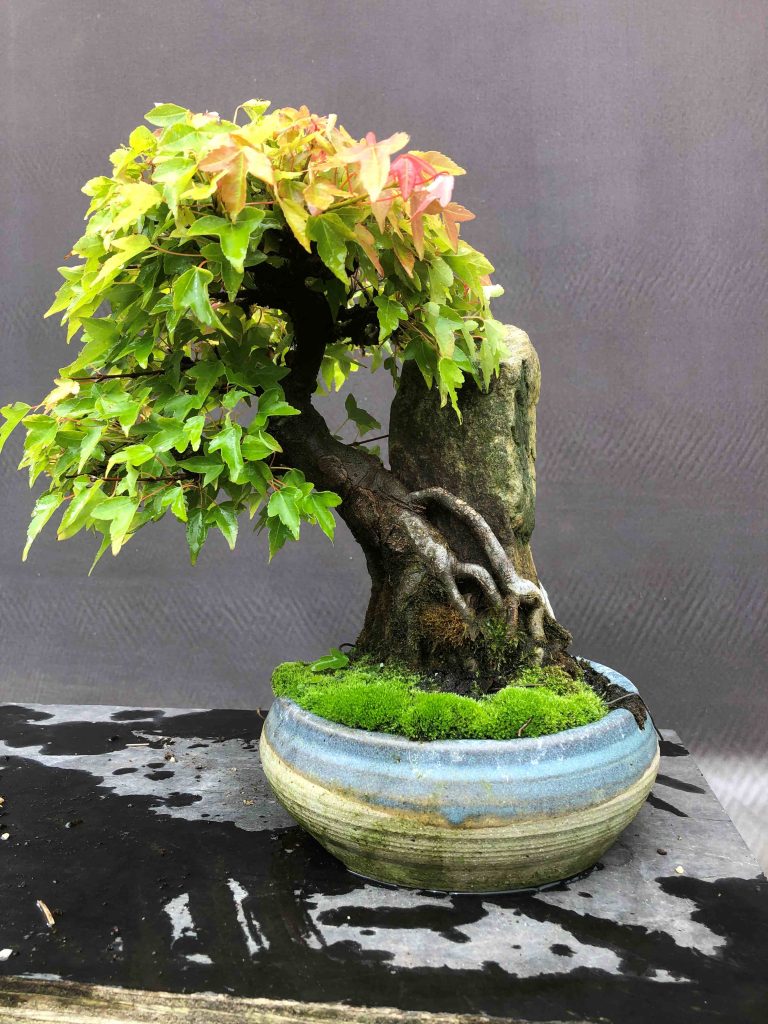
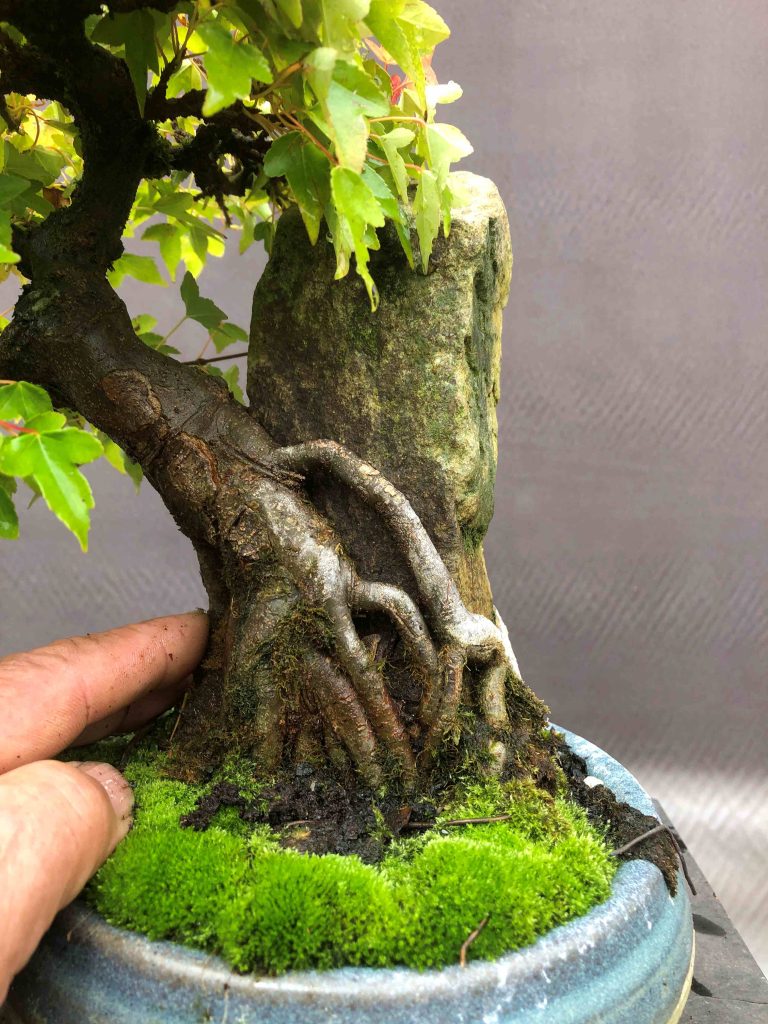
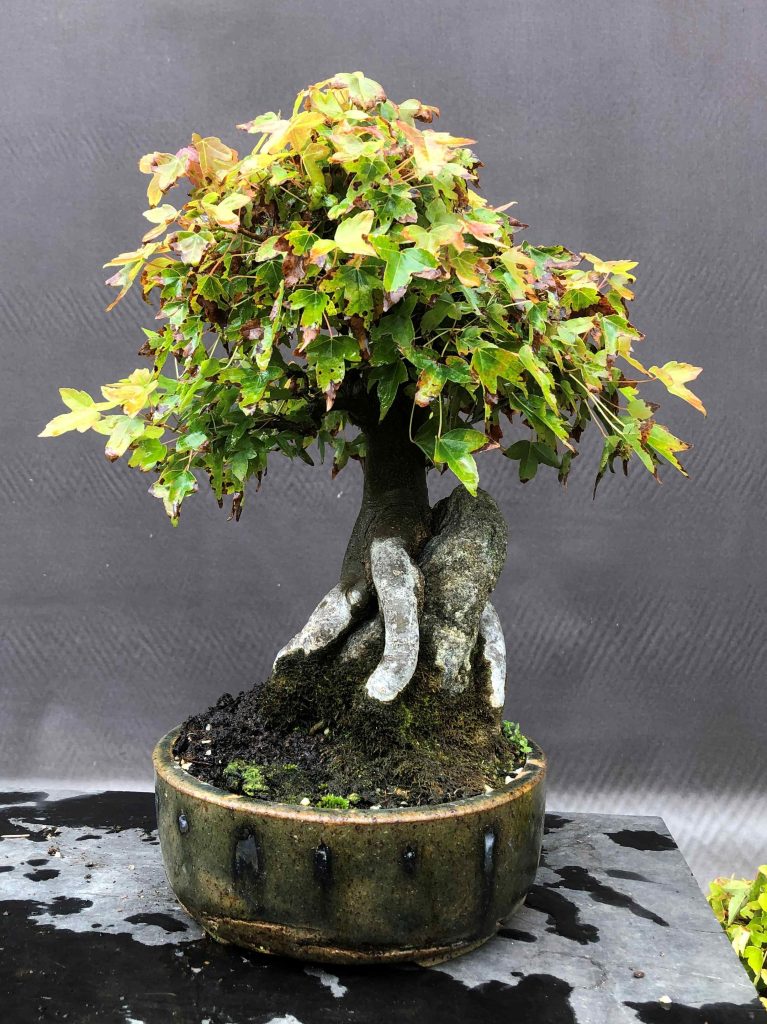
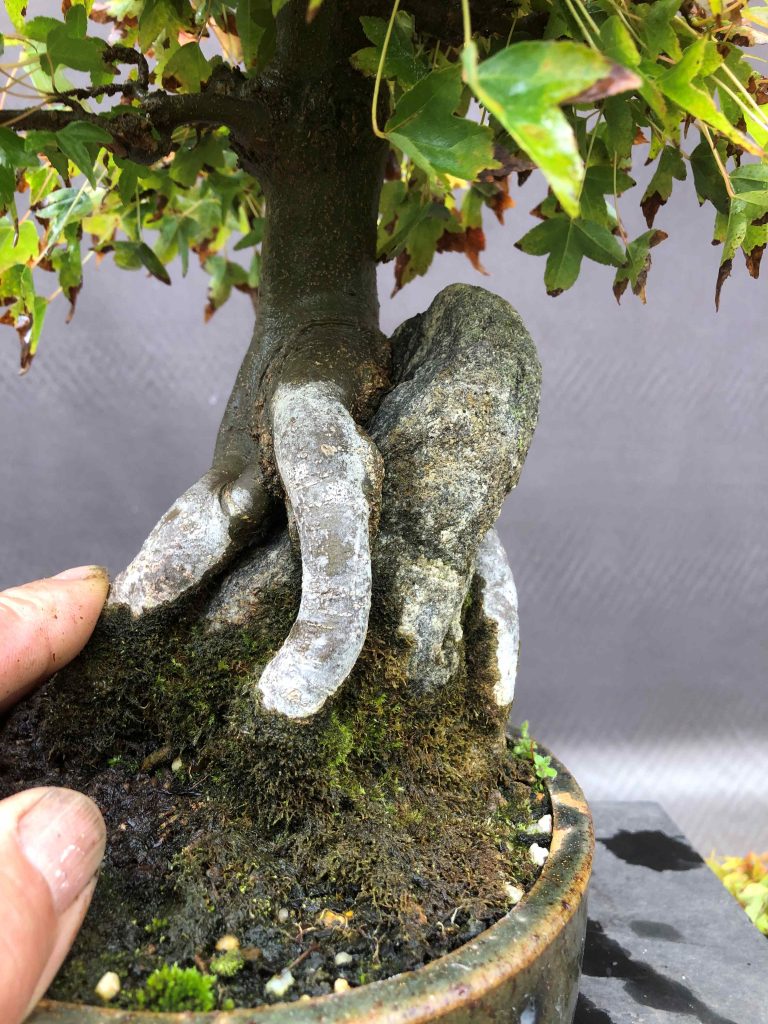
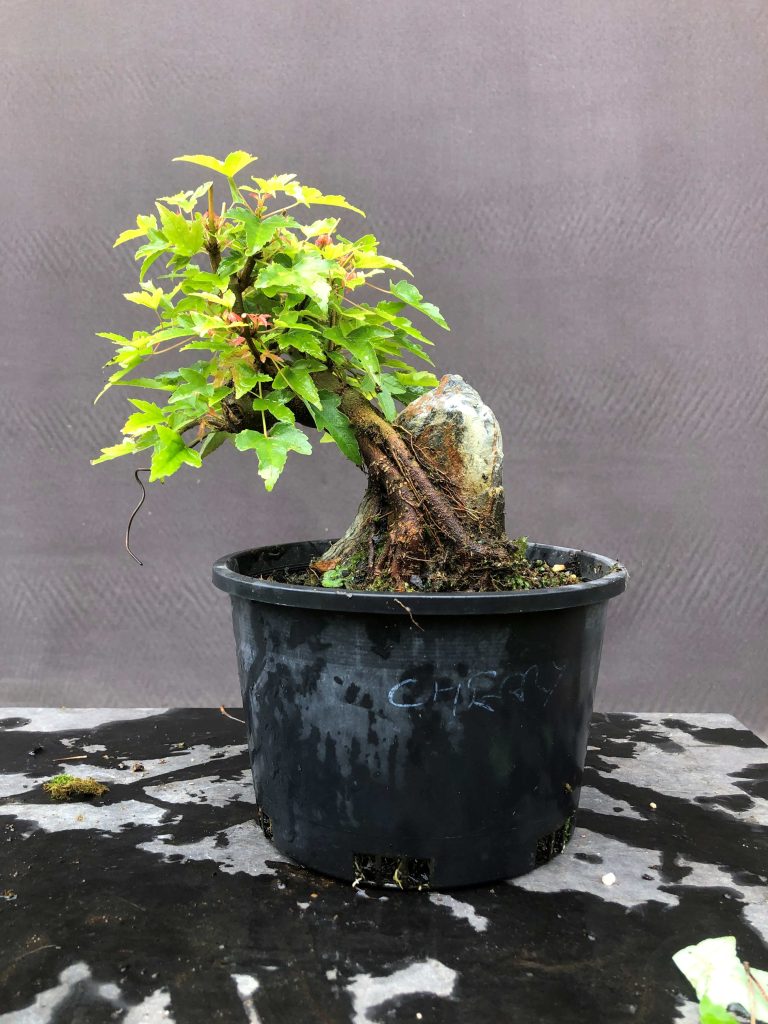
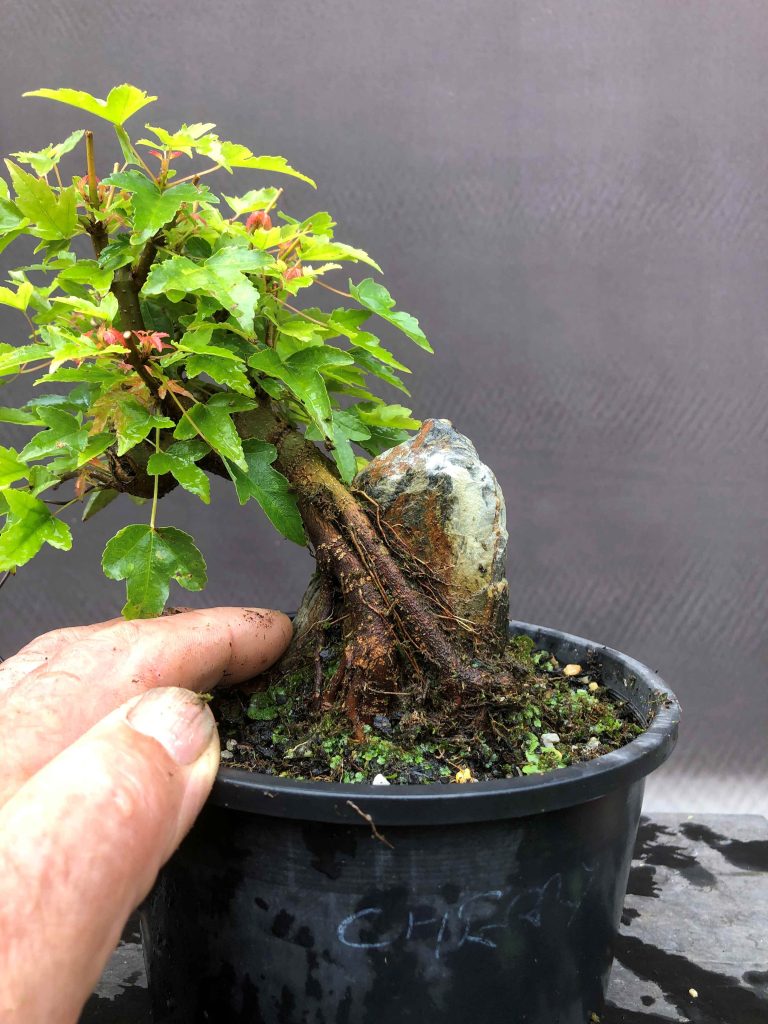
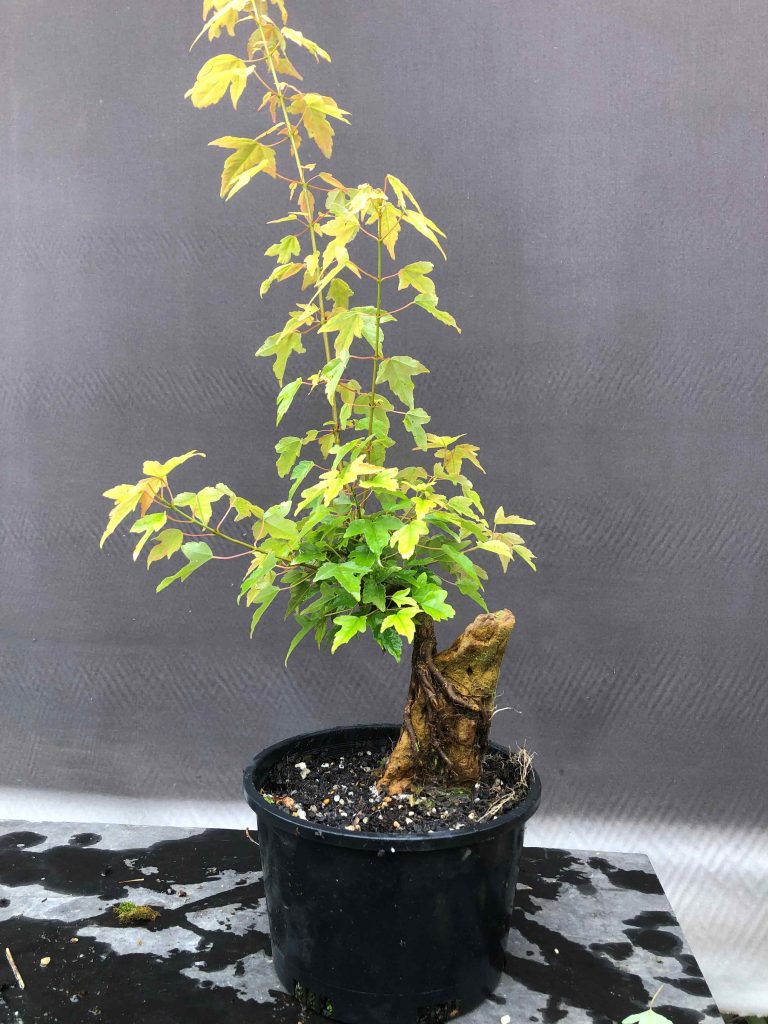
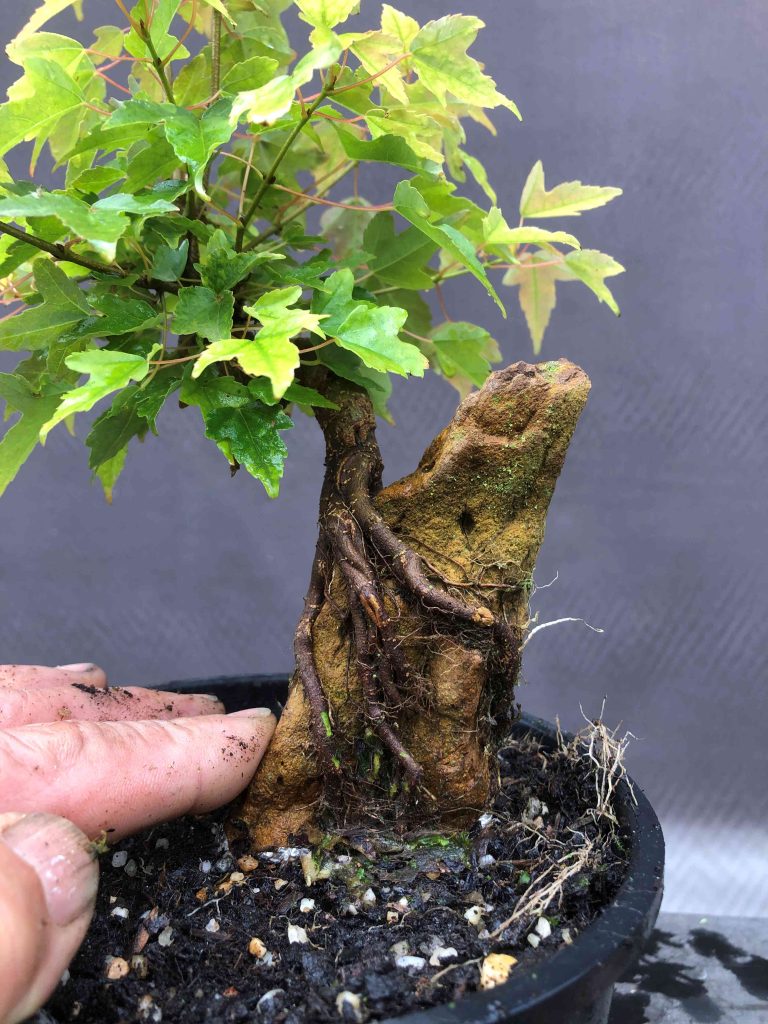
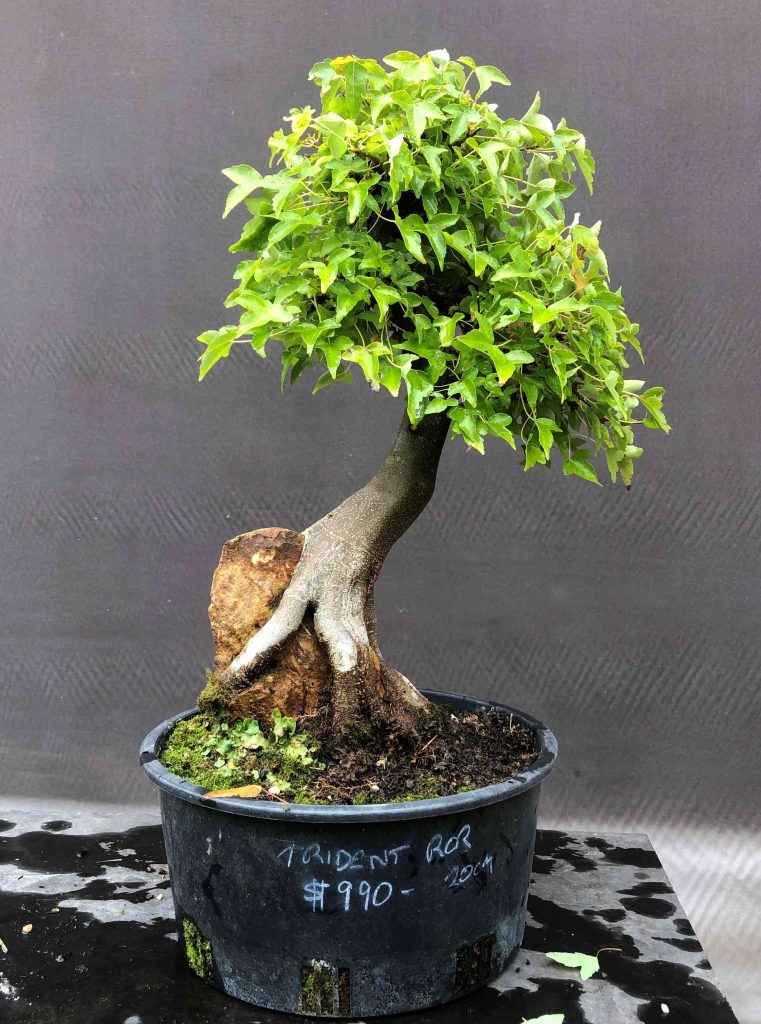
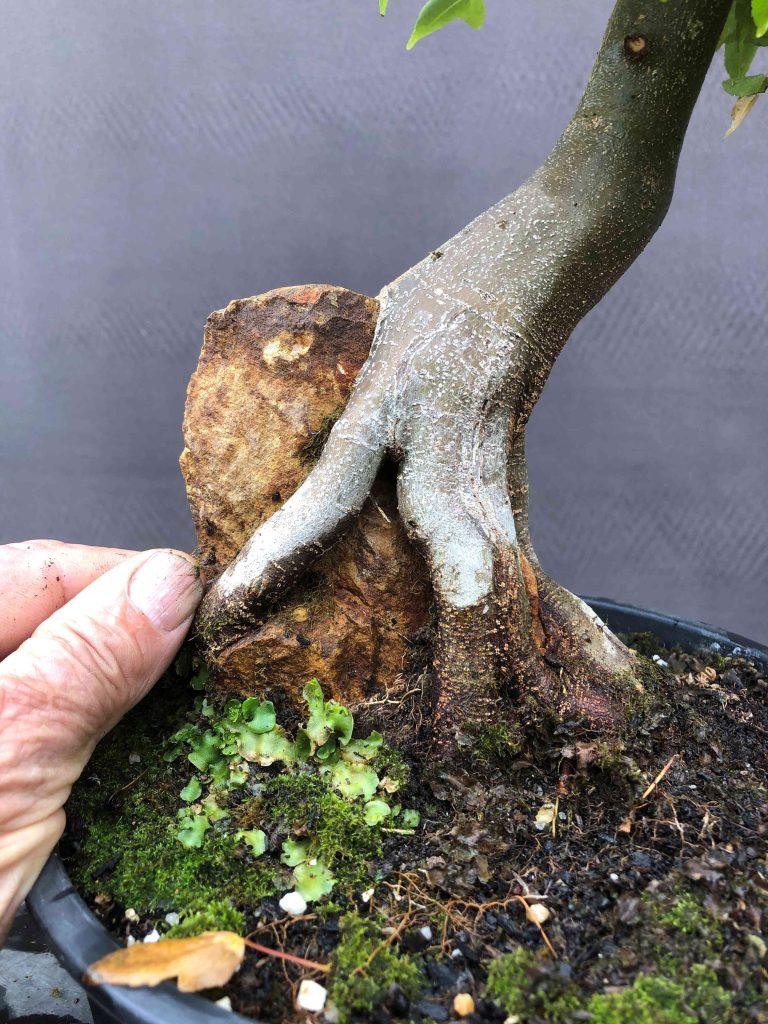
Most of the Root over Rock trees I grow are trident maples. That’s because they grow fast and the roots develop quickly so we end up with roots flowing over the rock much quicker than with other species. The same techniques can be used to develop ROR plantings with other species. Here are a couple of Shibui Bonsai pine ROR but I’ve also developed ficus and Chinese elm as root over rock bonsai. I’m still working on developing branch ramification on these pines so the branch pads still look distinctly hairy and unkempt.
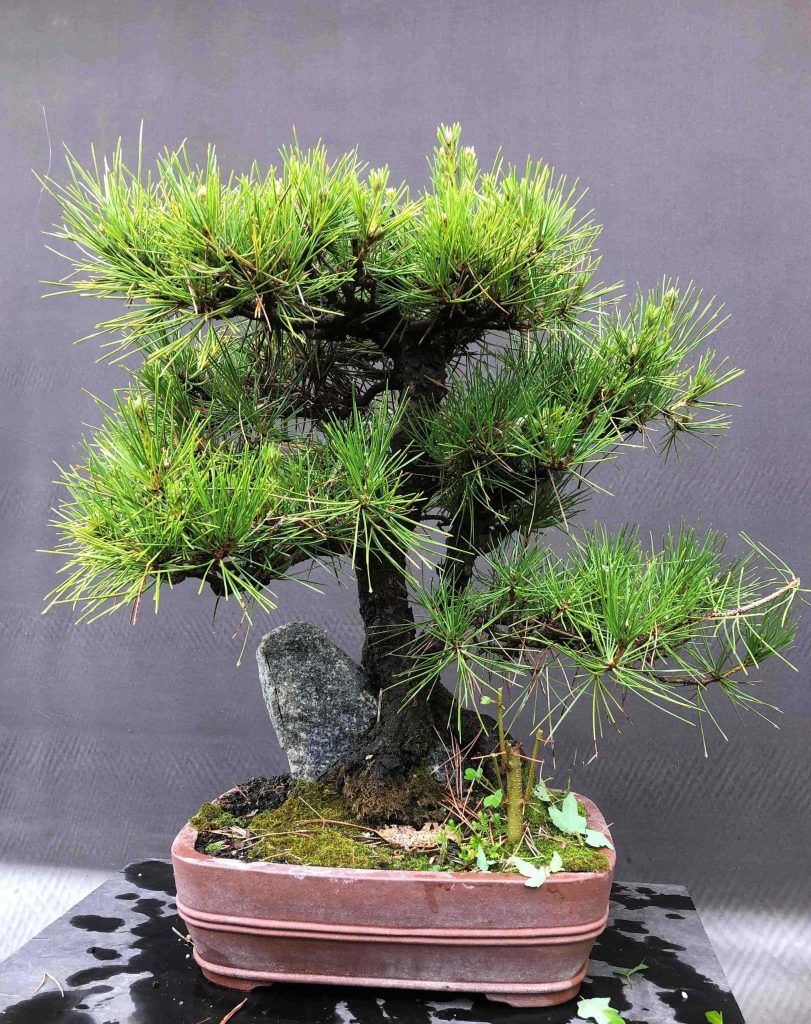
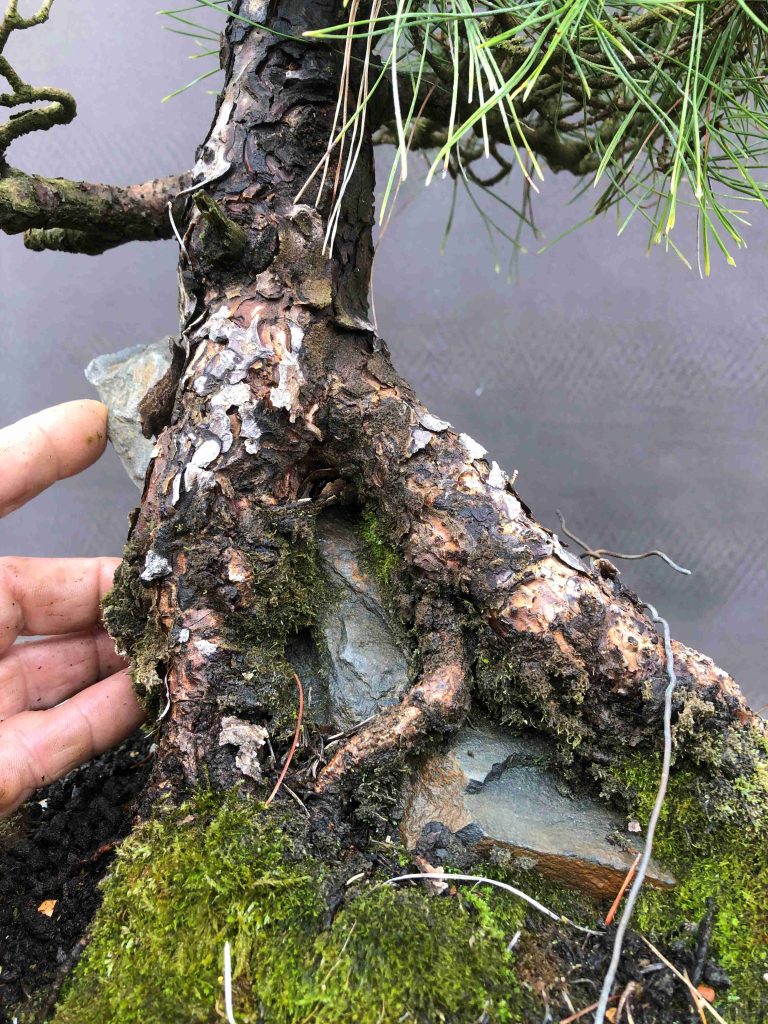
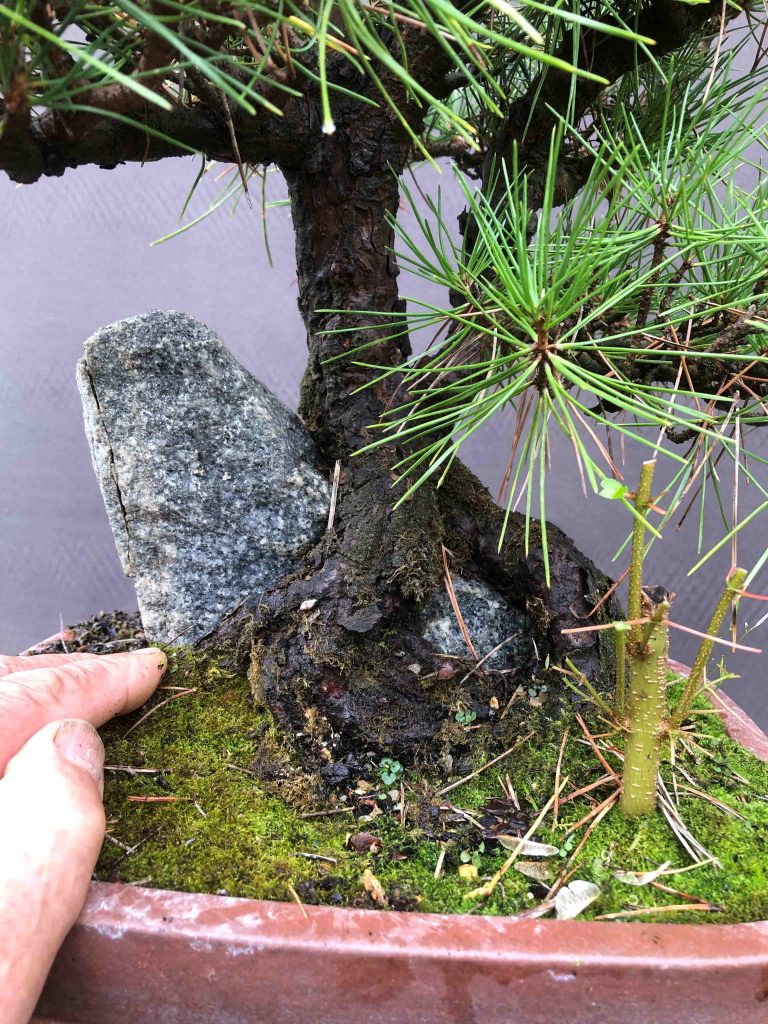
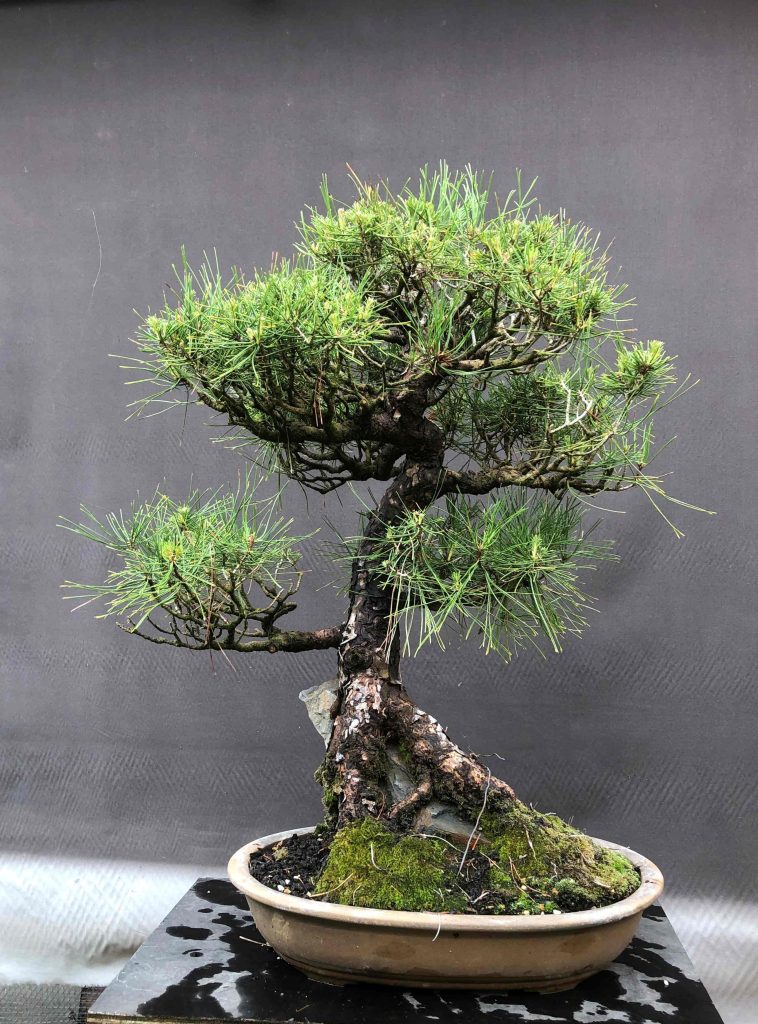
I’ve already shown some of the smaller ROR I’m attempting to grow but bigger ROR is also possible. Just allow for the weight of the rock. The following tree does not look very big but weighs around 20 kg so is more difficult to move for pruning, repotting and other maintenance tasks. The assistants who were helping dig trees from the grow beds that year christened this one Root over Boulder as they struggled to lift the tree and rock out of the ground.
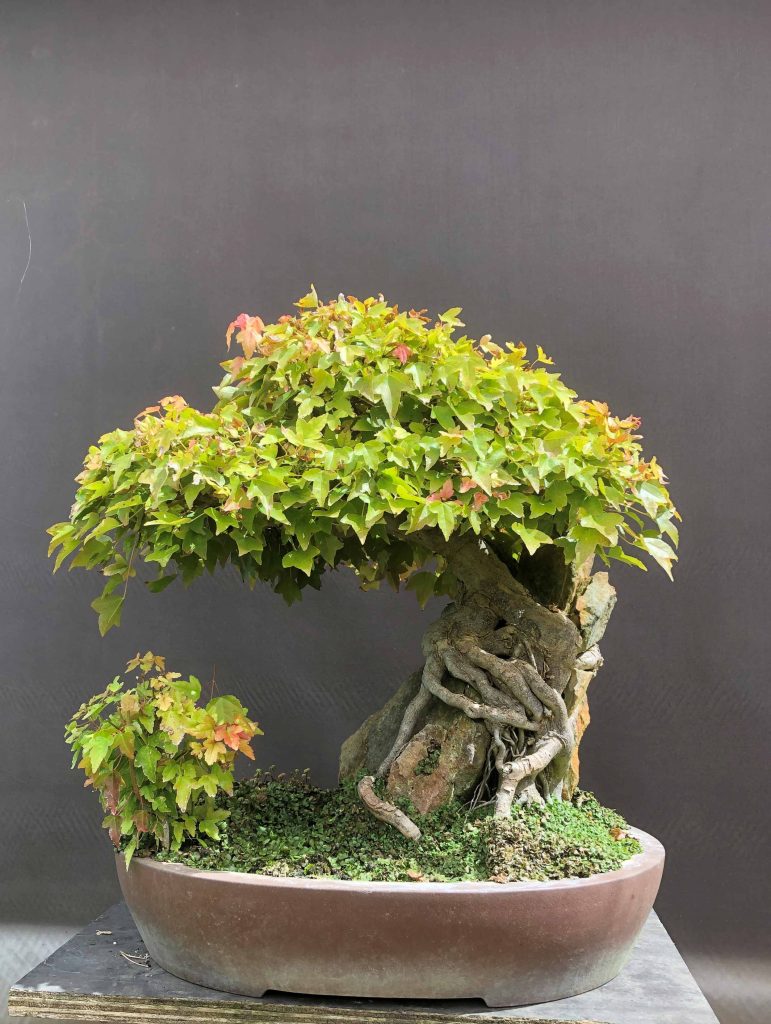
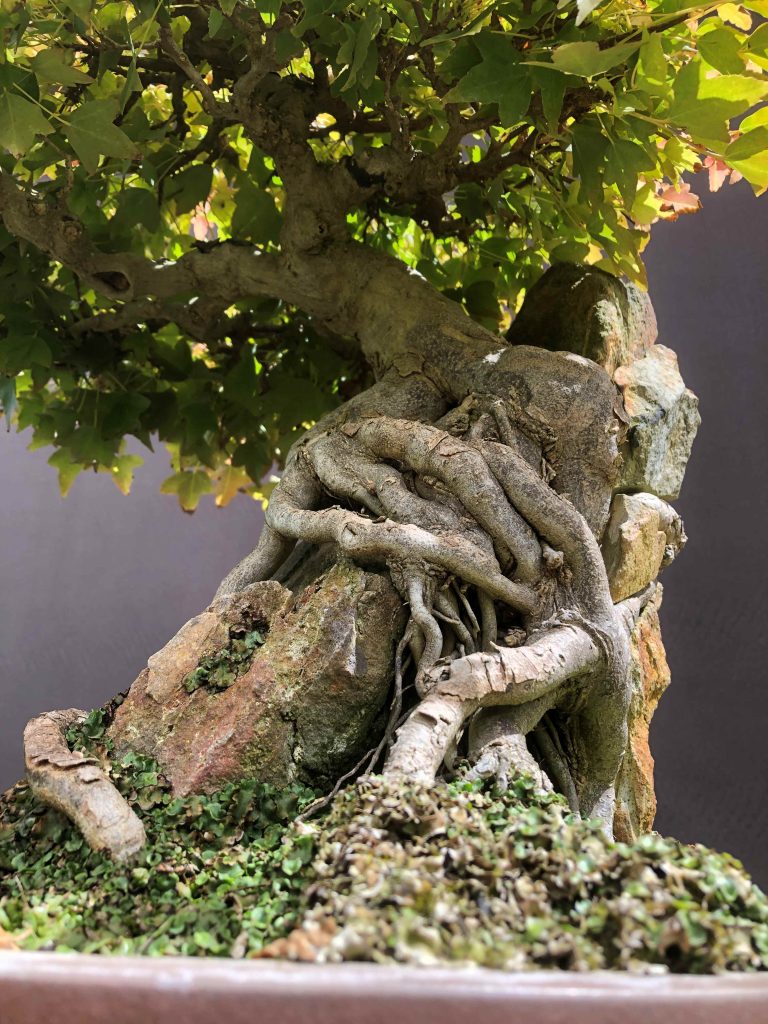
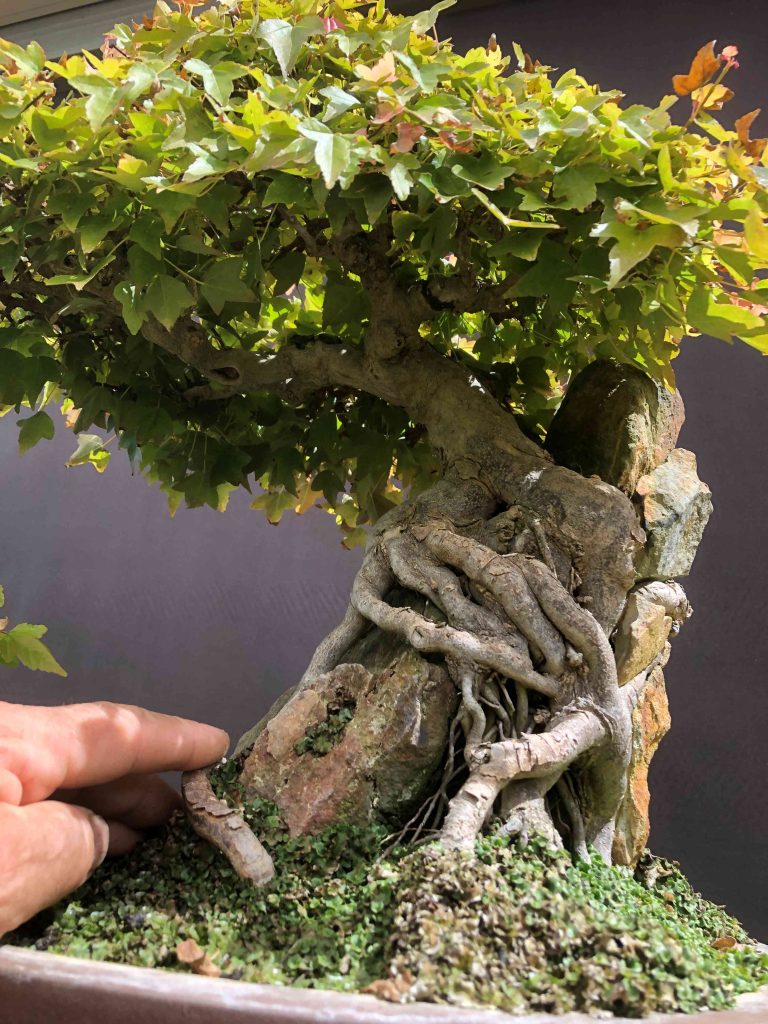
You can find this year’s Shibui Bonsai ROR trees available for sale on the ROR catalogue – Root over Rock
Root over Rock pre-bonsai can be costly to ship due to the weight. For those attending the AABC National Bonsai convention in Canberra in May we can bring selected root over rock trees with no delivery cost. Make sure you get your orders in well ahead to avoid disappointment.
I’ve been asked to present a demonstration of Shibui Bonsai methods for developing Root Over Rock bonsai at this year’s Bonsai By the Harbour in Sydney in June. That’s your chance to get all the tips and proven Shibui techniques. We’ll try to bring examples of ROR at all different stages of development to make that session a really practical how to session.
For any NSW growers who fancy skipping the 3-5 years of growing, Shibui Bonsai will have a sales table at Bonsai By the Harbour so you too can order ROR trees from the Root over Rock catalogue and cut out the delivery fees. Don’t let the Convention attendees get the best trees. Make sure you order well in advance. I’m happy to put a reserve on trees and hold them until delivery at BBTH in June.

